As we slowly transition from the current generation of the web to the next, most of us still find it hard to identify web3 sites.
In this article, we are going to list web3 examples that you can easily get started with and become an early adopter of the future of the web.
We will also break down how the web has transformed since its inception so that you can have a clear picture of where we are currently heading and how you can be a part of this journey too.
The web3 website examples we are about to explore cover all the core features of Web3, i.e Defi, DAOs, blockchain infrastructure platforms, smart contract platforms, and social networks built on the blockchain.
Let’s explore examples of web3 websites in each of the categories.
Decentralized Finance (DeFi)

DeFi is a collective term that describes financial services that are built on the blockchain network. DeFi is an alternative to banking systems that are controlled by the Central Banks.
DeFi systems are built on the principles of:
Openness- Everyone can be part of it, with no restriction based on location, country, region, or financial power.
Fast - Fast transfer of monetary assets.
Transparency – Anyone can look at a product's data and inspect how the system works.
The market is always open.
DeFi web3 websites
Aave
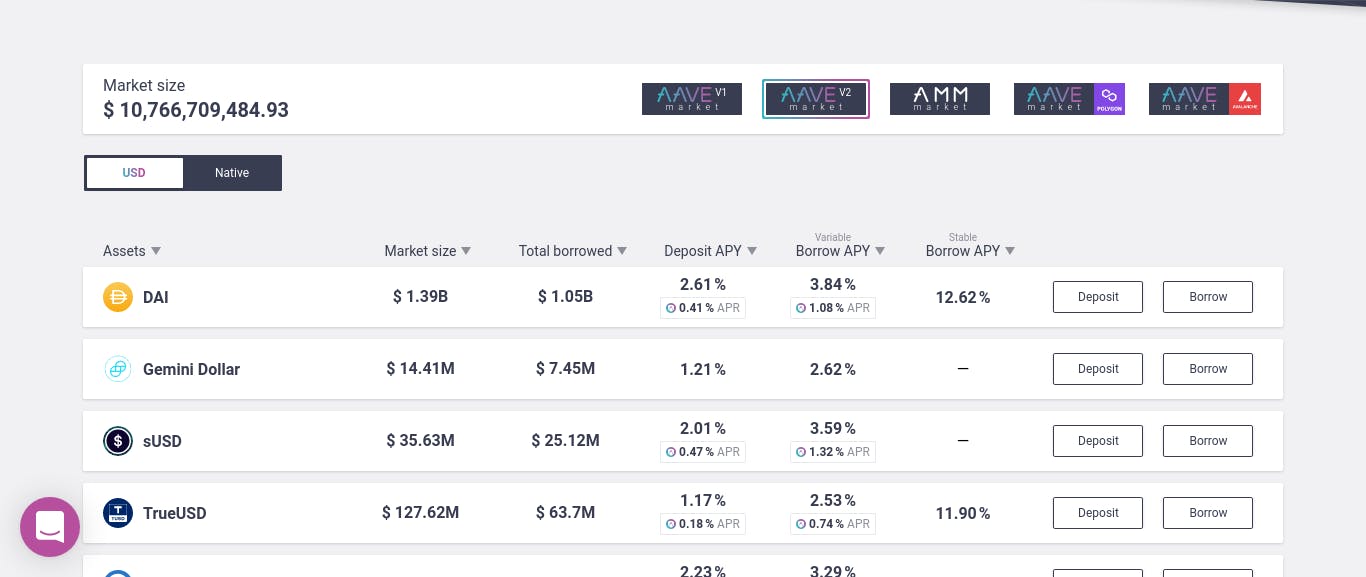
Aave is a decentralized, non-custodial liquidity market protocol or a liquidity pool where users can play the role of a banker and the client. Depositors provide crypto assets that are made available to the borrowers to take out as loans, in return they earn passive income.
Think of Aave as a bank on the blockchain, but with the ability to be the banker(lender) and also the client(borrower), but this time it is not paper currency but digital assets.
Uniswap

Uniswap is a peer-to-peer, open-source protocol for swapping Ethereum-based cryptocurrencies (ERC-20 Tokens). The protocol is implemented as a series of permanent, non-upgradable smart contracts that prioritize anti-censorship, security, ownership, and the ability to function without the use of intermediates.
Uniswap has a web-based GUI that allows you to easily use the protocol. Currently, Uniswap has over a third of the Defi market dominance with over a $3.5T market hard cap at the time of publishing this blog.
Matcha
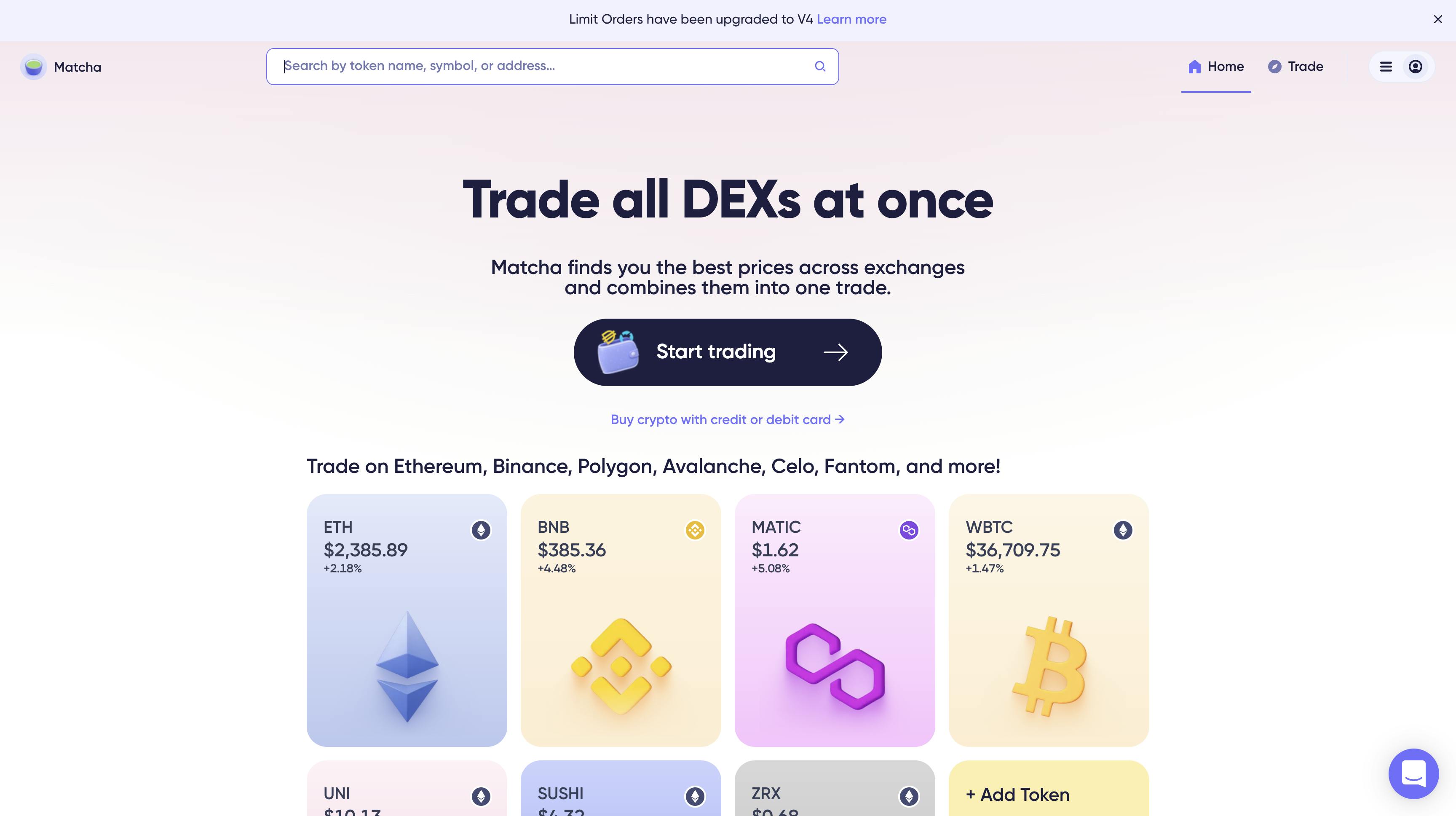
Matcha is a web3 peer-to-peer cryptocurrency marketplace. It has tons of amazing features, including letting you trade all crypto assets as an ETF(exchange-traded fund ) so as to save your time and mitigate risk.
Idex

Idex is a high-performance decentralized exchange platform trading ERC-20 tokens. With the capability of limit and stop-loss orders, IDEX enables traders to obtain the best spreads, avoid failed transactions, and offer liquidity.
Pancakeswap
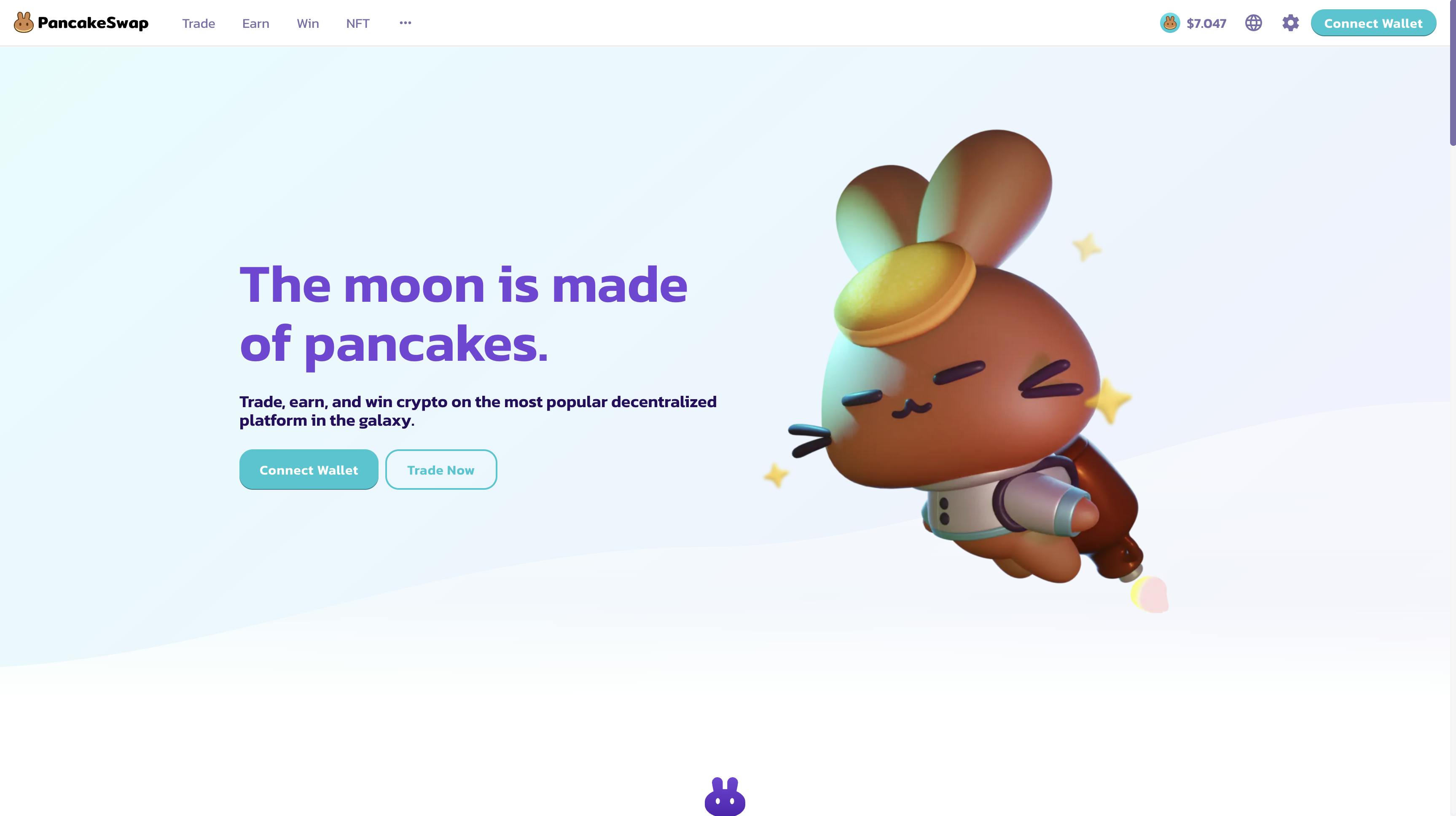
Pancakeswap is a DeFi platform built on top of the Binance smart chain, that’s a fast and cost-efficient alternative to the Ethereum network. PancakeSwap enables users to swap between cryptocurrency assets by tapping into user-generated liquidity pools, collecting NFTs, and also winning crypto in a lottery.
Compound

Compound Finance is a web3 marketplace used by crypto investors to lend and borrow their digital assets. Compound is a decentralized protocol that is open source and maintained by the community. You can also contribute to the development and the future of the protocol.
THORchain
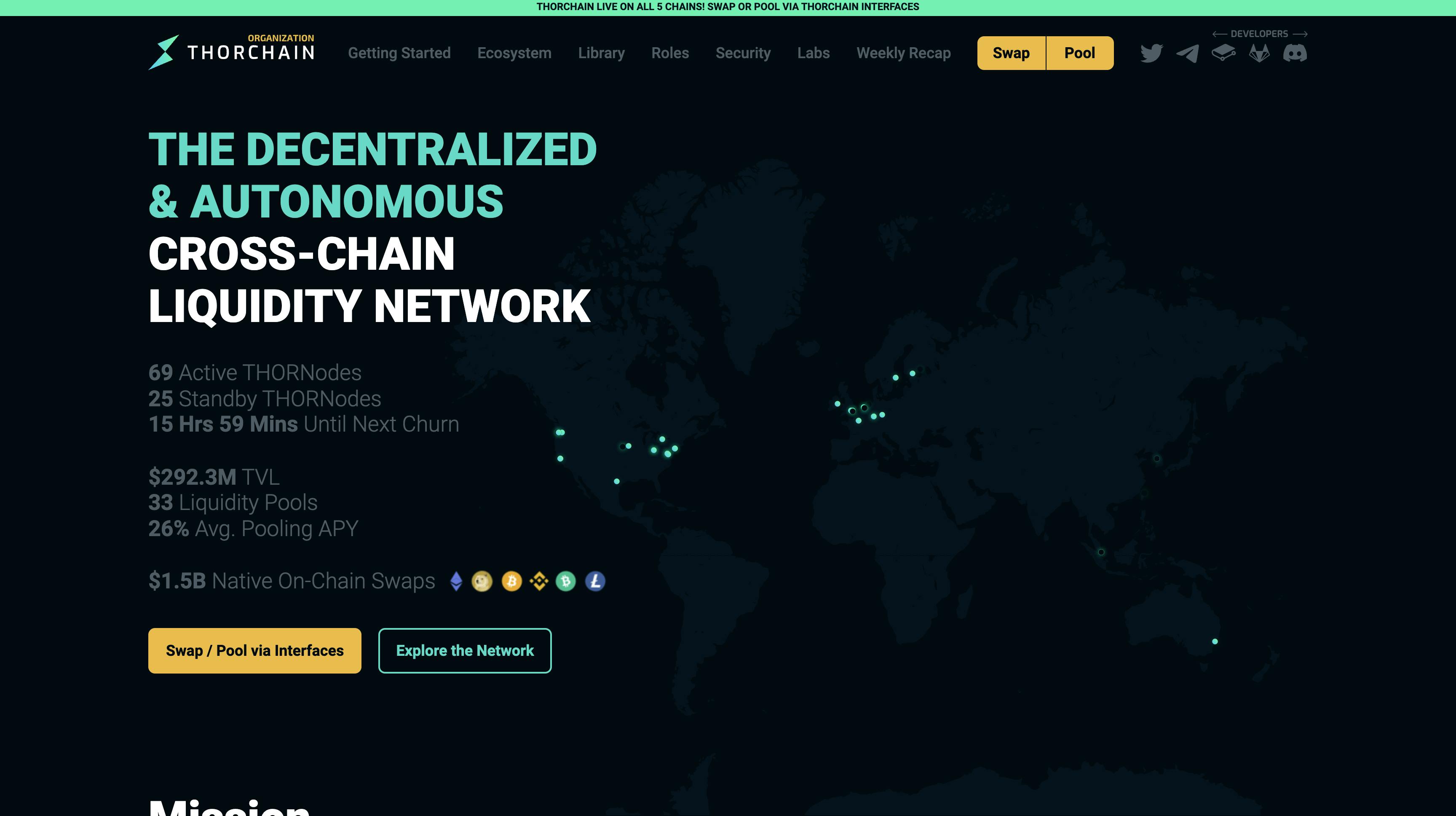
THORChain is a decentralized cross-chain liquidity platform that uses threshold signature schemes and is built on Tendermint and Cosmos-SDK (TSS). It does not tie or wrap assets; instead, it chooses how to move them depending on user activities.
THORChain monitors user deposits to vaults conduct business logic (swap, adds/removes liquidity), and processes outgoing transactions. THORChain is basically a decentralized vault manager that ensures that every stage of the operation is fault-tolerant.
Akropolis
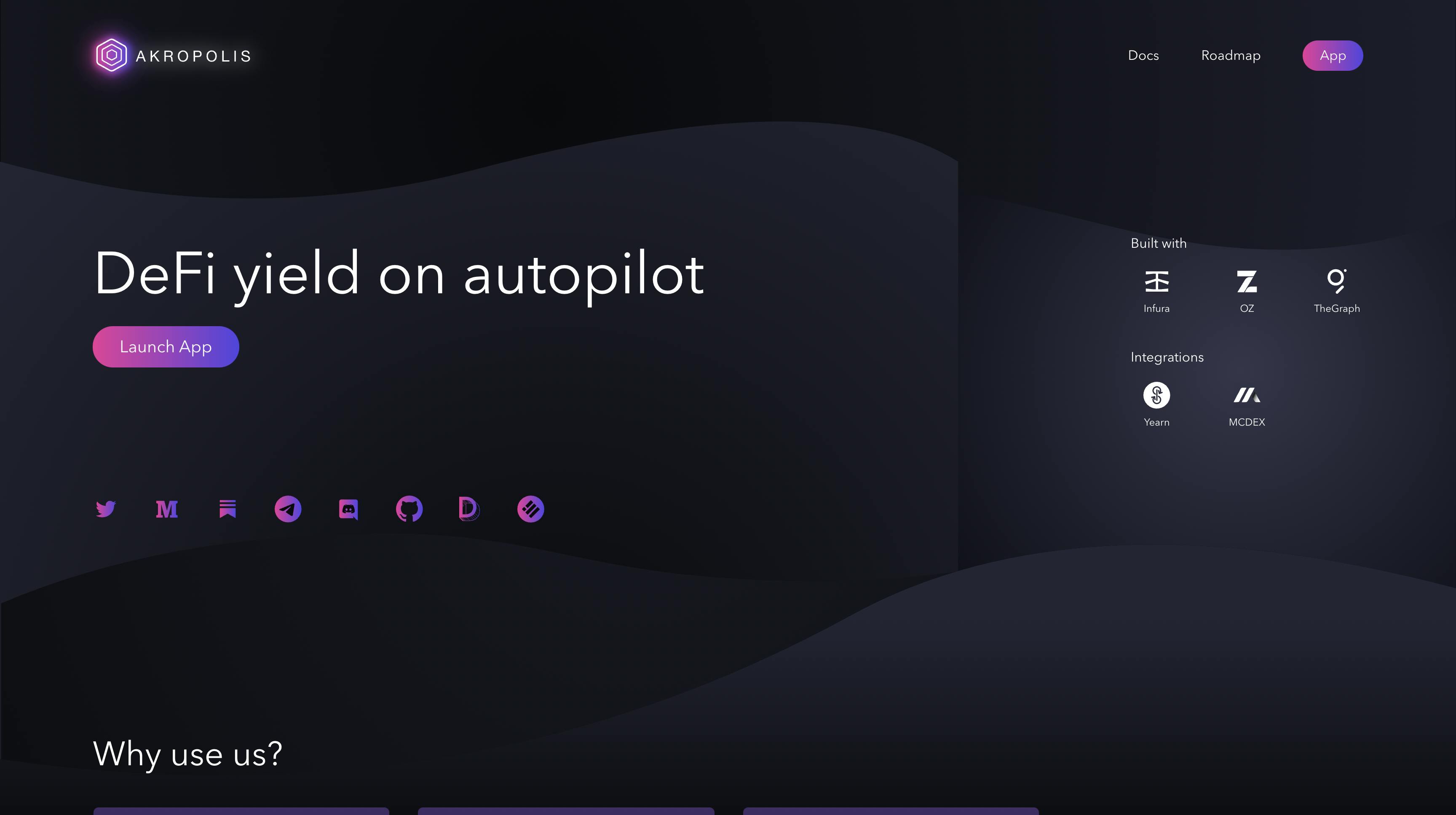
Akropolis is a yield-producing platform that doesn't predominantly depend on inflation-based gains as the main source of yields. Akropolis returns are market fluctuation resistant.
Currently, there are two main products from Akropolis,
Vortex - An on-chain trading methodology that seeks long-term, stable, and lucrative returns while staying market-neutral. The second one is
yVaults - Access to selected yearn vaults has been standardized and simplified in order to maximize yields.
Alchemix
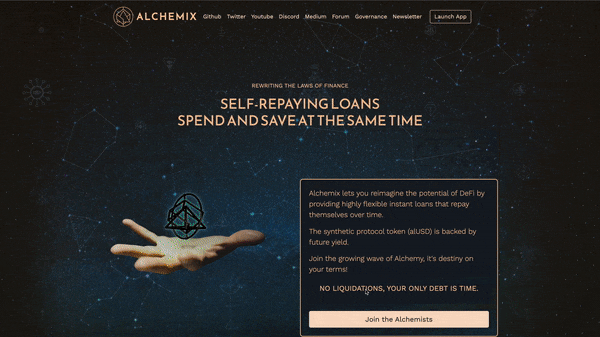
Alchemix is a DeFi lender. Unlike traditional banks, Alchemix loans are flexible and instant. Through the platform, users are able to earn interest on their crypto assets that are available for lending.
Alchemix also has a DAO that funds the projects running on its protocol.
Kava
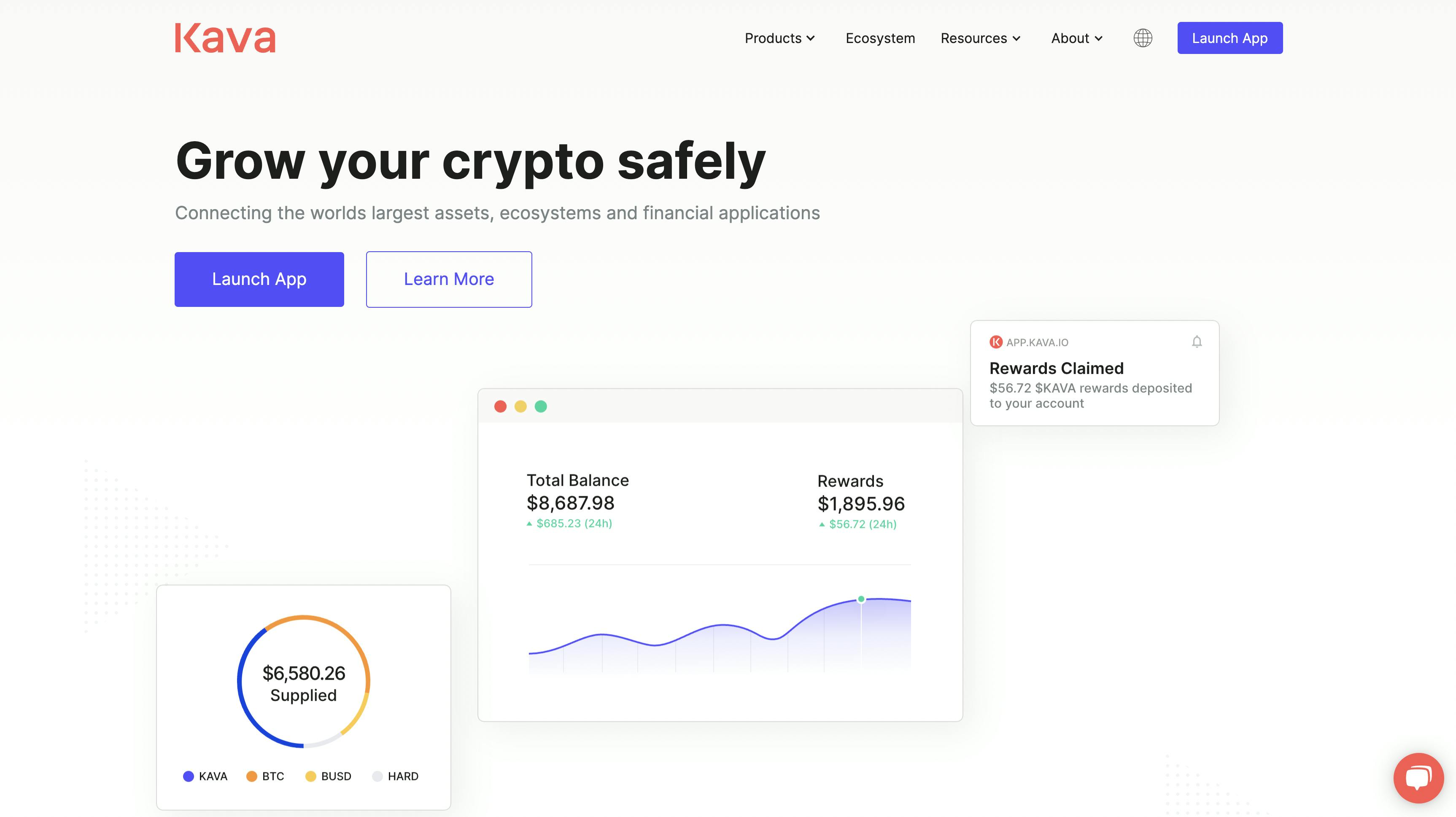
Kava is a 3 in 1 web3 DeFi website. Kava platform has three main products,
Kava Mint - Lets users take out $USDX stablecoin loans and use their crypto assets as collateral,
Kava - Allows users to earn rewards by providing assets to be borrowed from the markets.
Kava swap - Allows users to buy and sell tokens across the Kava protocol, and earn interest by providing liquidity.
BiFi
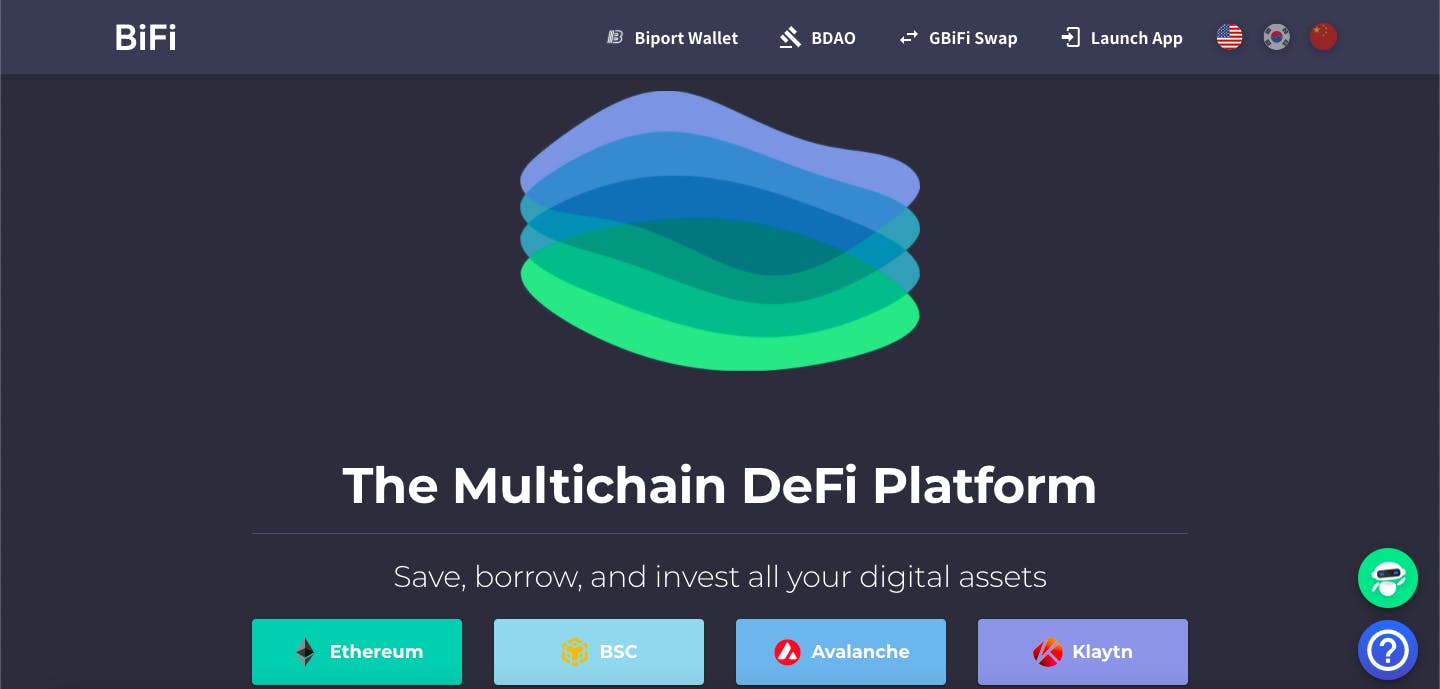
BiFi is a multi-purpose DeFi platform that lets you invest, borrow, and swap your digital assets. It is built on the Bitfrost blockchain middleware, leveraging the power of the multichain DeFi protocol.
Beta Finance

Beta Finance, like most DeFi networks, lets you borrow or lend crypto assets and earn interest. What makes the platform stand out is the trading feature: traders can initiate short positions on Beta Finance of most stable coins.
Fuse

Fuse network is an open-source alternative to the existing global payment system. Fuse provides gasless, secure, and fast transactions that are validated by other members of the Fuse blockchain. Fuse blockchain network's token, $FUSE, also traded publicly on decentralized exchange platforms, such as Uniswap.
Sablier

Sablier is a DeFi protocol that gives users the power to manage digital finance in real-time. With Sablier, you can create a payroll that pays your team every 15 min, or hourly, or per task committed, without waiting monthly or bi-weekly.
DeBank
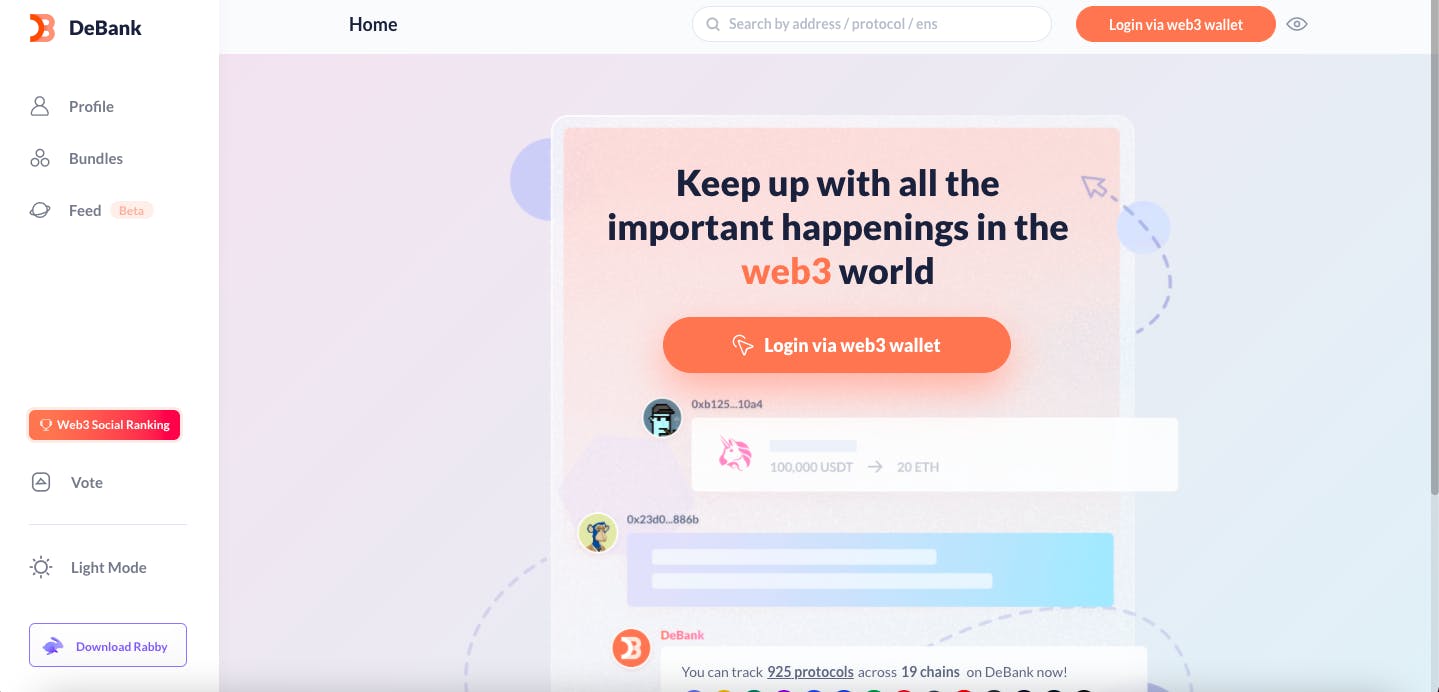
DeBank is a dashboard you can use to manage your DeFi portfolio. Complete with analytics of more than 800 decentralized protocols across multiple chains.
Zapper
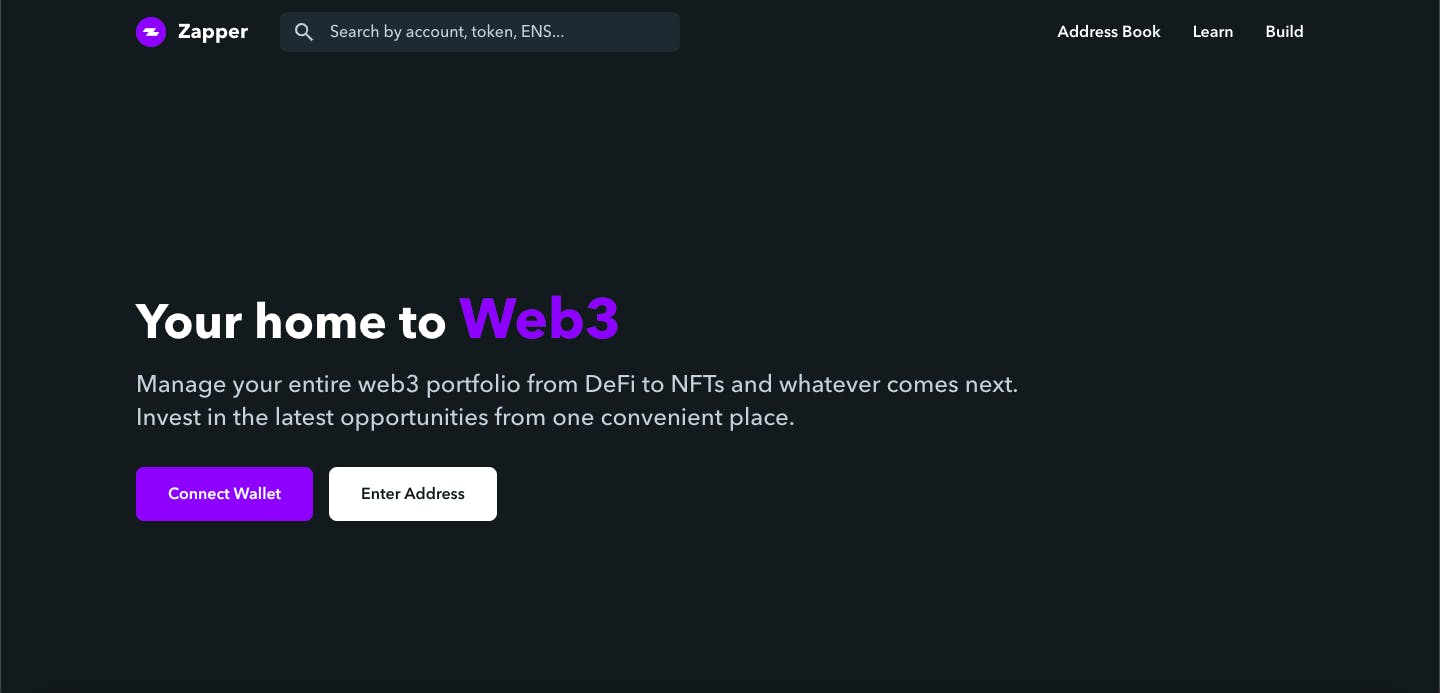
Zapper is a DeFi dashboard that enables you to track not only your cryptocurrencies and tokens but also digital assets like NFTs.
Zerion
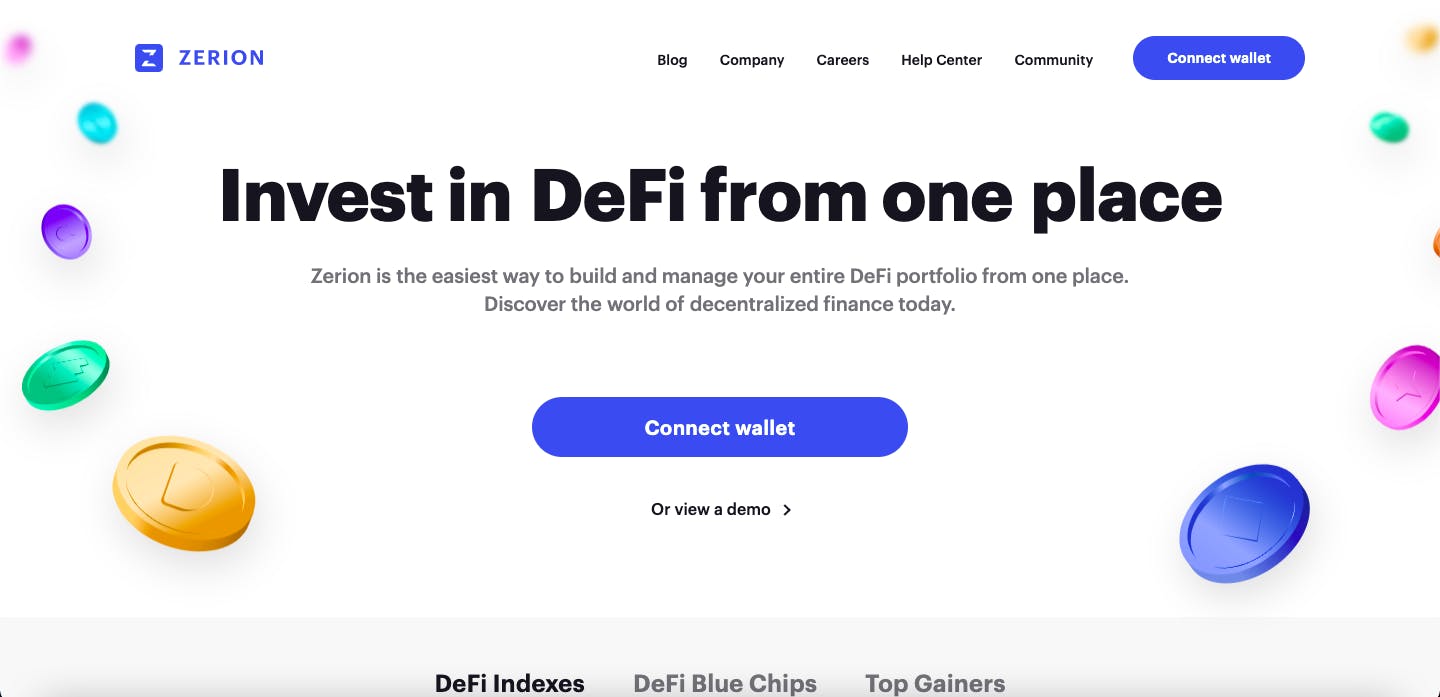
Zerion is a website that lets you monitor and manage your complete DeFi portfolio from a single place
DeFi Saver
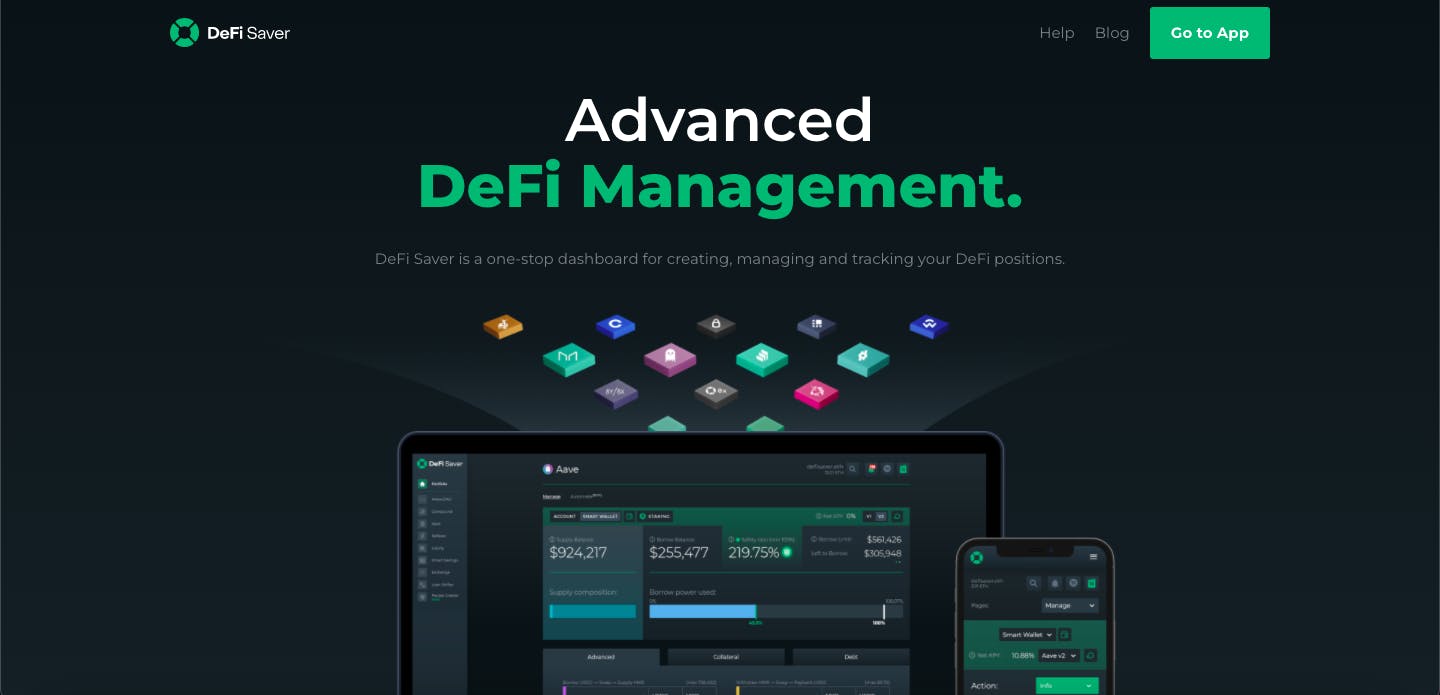
DeFi Saver is a dashboard that empowers you to manage and monitor all your assets. Defisaver's most remarkable feature is automated liquidation protection to save investors from unstable markets.
PEAKDEFI
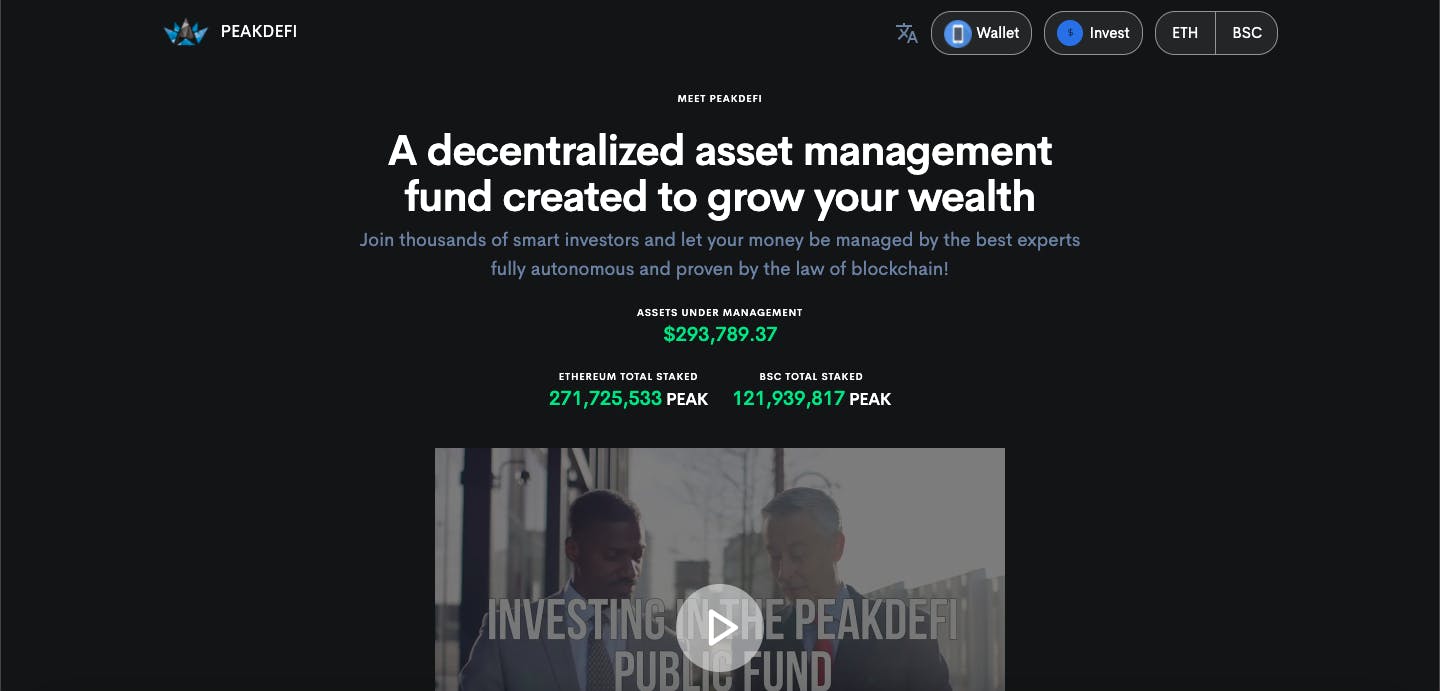
PEAKDEFI is the venture capital of DeFi. After you invest your assets in the fund and select the timeframe, autonomous managers manage the fund based on the market activity.
Mycrypto

MyCrypto brings all your Ethereum wallets under one roof. MyCrypto supports multiple wallets, including Metamask, Walletconnect, and Frame.
What is DAO?

A Decentralized Autonomous Organization(DAO) is a type of organization that has no central authority. Its day-to-day operations are governed by a smart contract on the blockchain. Decision-making is done by the members of the DAO based on their voting rights.
Importance of DAOs
No central authority - Unlike most corporations that have a hierarchy of leadership, everyone in a DAO has a say in the future of the organization.
Open financial transaction - Financial activities of a DAO are recorded on the blockchain. Everyone can access and read how their investments were used.
Democratic - Just like most web3 projects are community-driven, the two main voting systems in a DAO are Holographic Consensus and Token-based quorum voting.
Flexible decision making - Traditional organizations have a bureaucratic way of making decisions, for example, financial decisions have to through the approval of 4-6 personnel before it is approved since DAOs do not have a centralized governing body.
Let’s explore some of the most notable DAOs that are currently active:
ConstitutionDAO
Constitution DAO crowdfunded about $47 million ( about 10000 ether at the time), with the goal of buying a rare copy of the US constitution at a public auction.
Though the organization lost the bid, this was just the start for ConstitutionDAO
DevelopersDAO
DevelopersDAO’s purpose is to onboard the next generation of web3 builders and users. To join the DAO you have to mint the Dev for revolution NFT. Currently, the membership is closed, but be sure to follow them on their socials to find out when it will open again.
CityDAO
To increase accessibility, openness, and opportunities, CityDAO is experimenting with making digital assets and governance physically readable. Beginning with a single plot of land in Wyoming, which is the only state to have a 'DAO law', CityDAO is constructing a network of assets on the blockchain. Each piece of land will be represented as an NFT that can be held collectively or individually by the DAO.
BabylonDAO
BabylonDAO, built on Solana, is a community-backed decentralized infrastructure bringing stability and transparency in the DeFi sphere.
PleasrDAO
PleasrDAO is a group of early adopters of decentralized finance, NFT collectors, and digital artists who collect digital art that is rare or represents a unique course. They fund ideas, movements, and projects that are relevant to the DAO.
Social web3 projects
BitClout

BitClout is a web3 social network that combines speculative trading with social media, and it was developed from the ground up as its own customized blockchain. Its design is similar to Bitcoin, but it can accommodate sophisticated social network data, like posts, profiles, followers, etc.
BitClout is an open-source initiative and decentralized platform with no corporation behind it. The user interface is very similar to Twitter.
Showtime
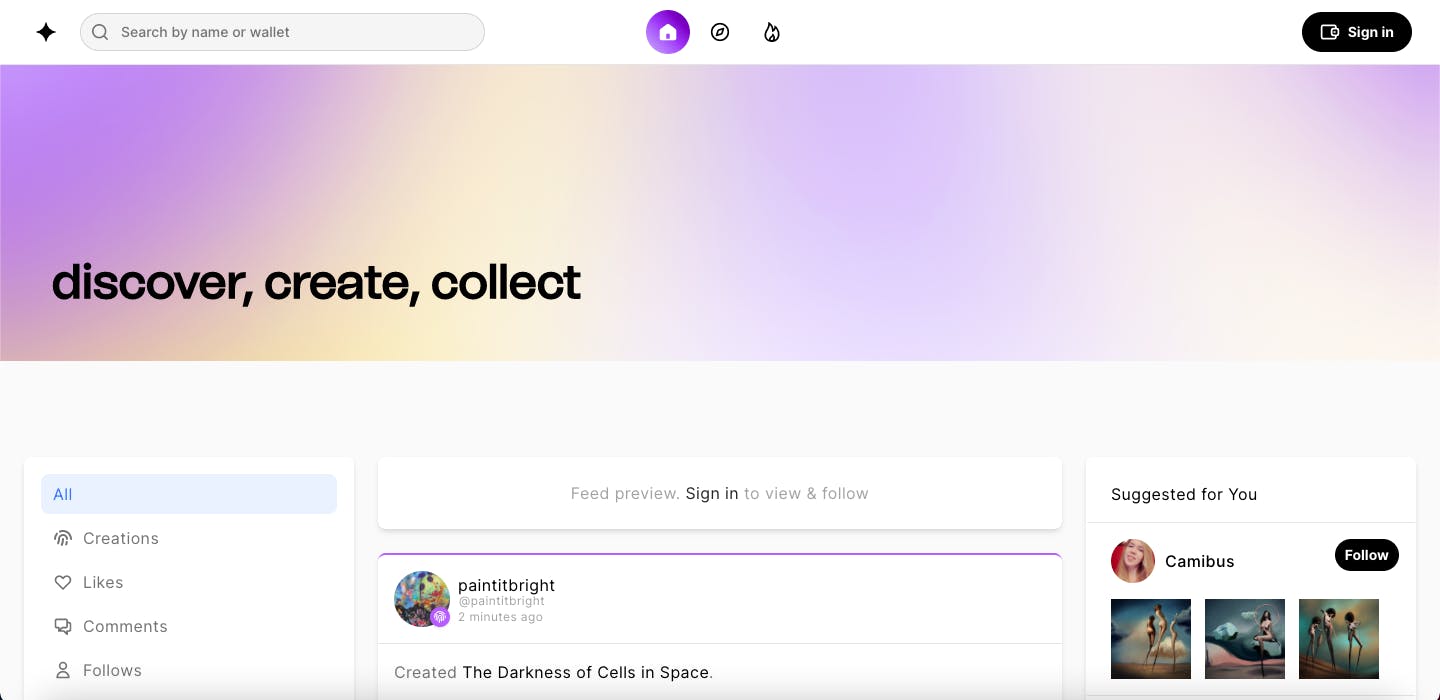
Showtime is a web3 social network for creators to share their NFT collection. Showtime allows users to bring their whole NFT collection under one roof, while also allowing them to see what other creators are doing.
Mirror
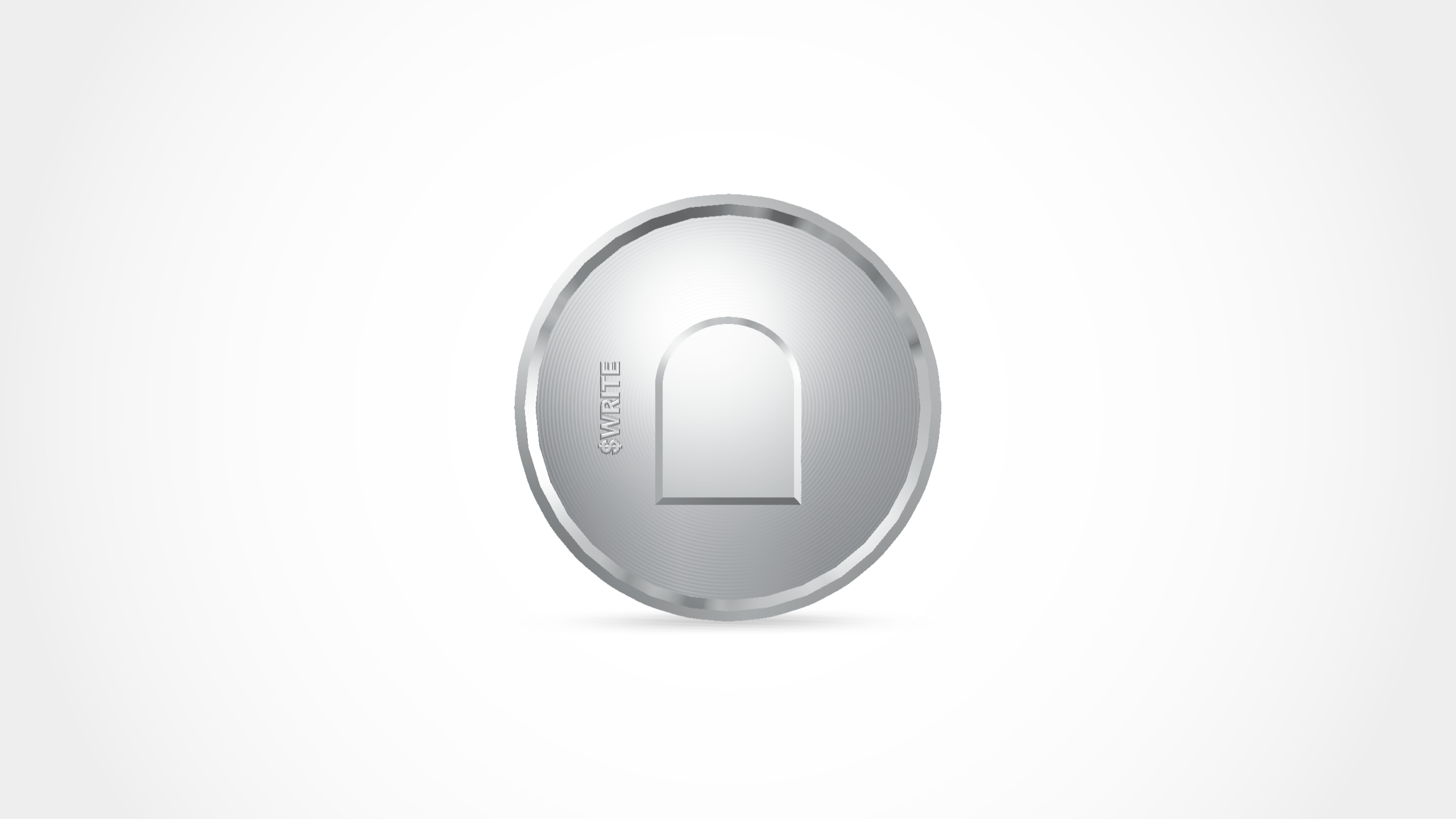
Mirror is a decentralized web3 platform that leverages the power of the blockchain to give the users a platform to write, monetize and own their content in a very simplified way.
Liverpeer
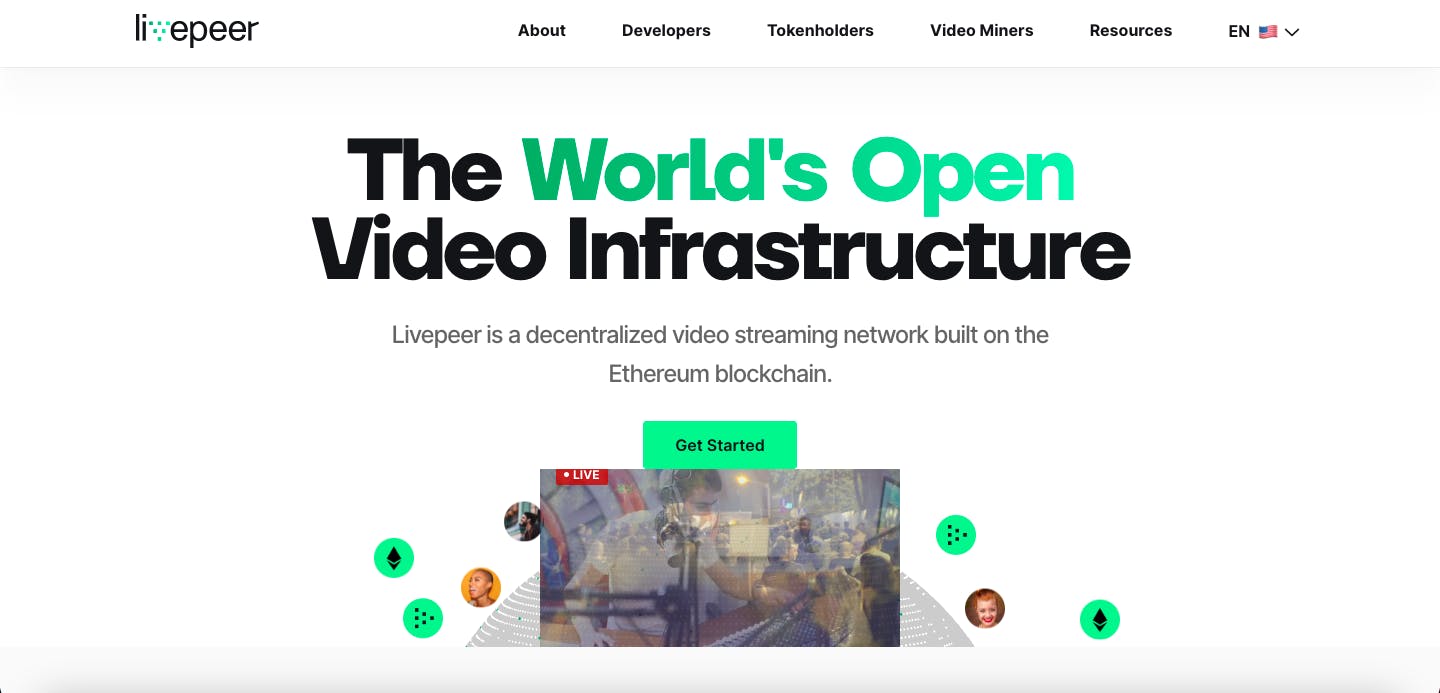
Livepeer is a blockchain Platform-as-a-Service(PaaS) for developers to build live or on-demand video streaming into their projects. It seeks to improve the dependability of the current video streaming system while cutting expenses by up to 50 times. To do this, Livepeer is developing a peer-to-peer infrastructure that will interact via a marketplace protected by the Ethereum network.
Gm.xyz
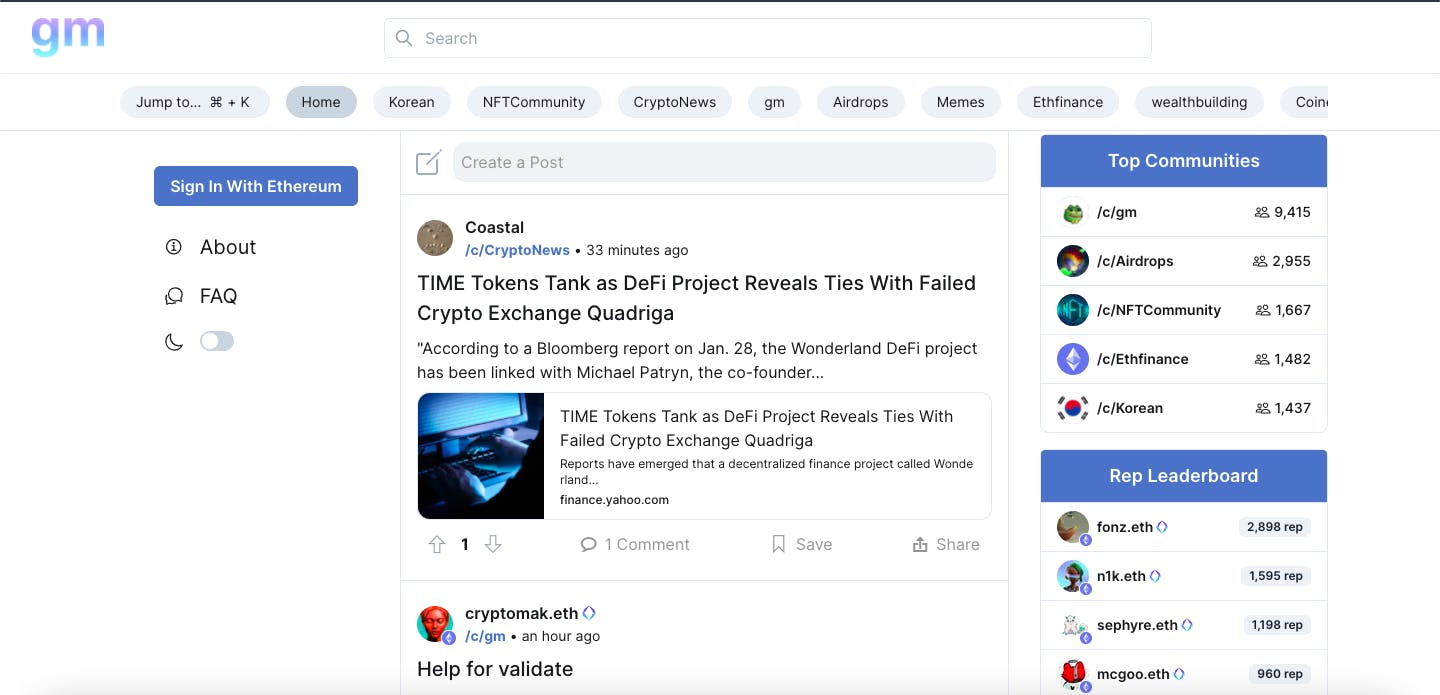
Similar to Reddit, gm.xyz is a community-based social network built on the Ethereum network. With features like upvote/downvote, communities, and posts, you can easily get started by connecting your wallet.
Sapien
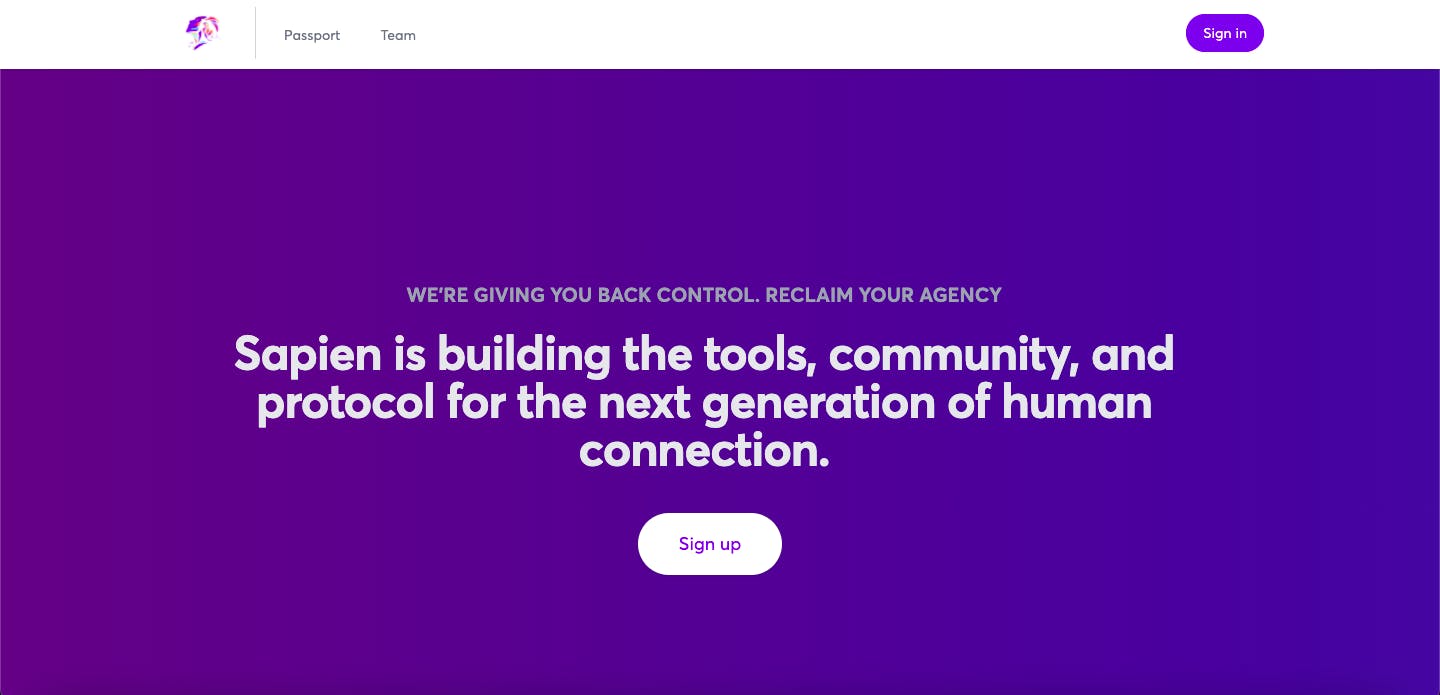
Sapien is a decentralized, community-driven social network that is focused on rewarding creators and promoting ownership and privacy.
Sapien has a unique feature known as Sapien passport that acts as your NFT ID across the Sapien ecosystem.
Linksup
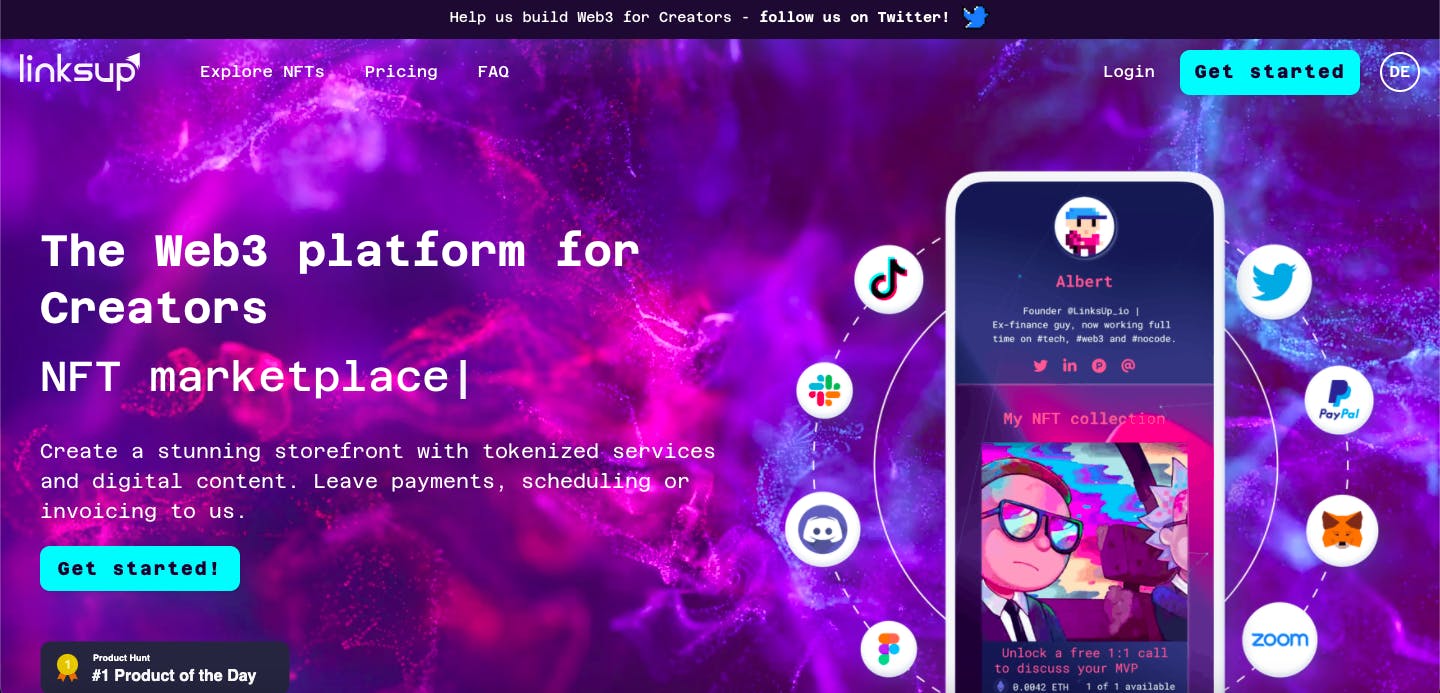
Linksup.io is a web3 website that lets you create content, tokenizes it with an NFT, and distribute it to your audience with no gas cost incurred.
Metafora.app

Metafora is a forum-like decentralized social platform built by the Million Token team. It’s similar to discussion-based platforms like Twitter and Reddit.
Dappsy
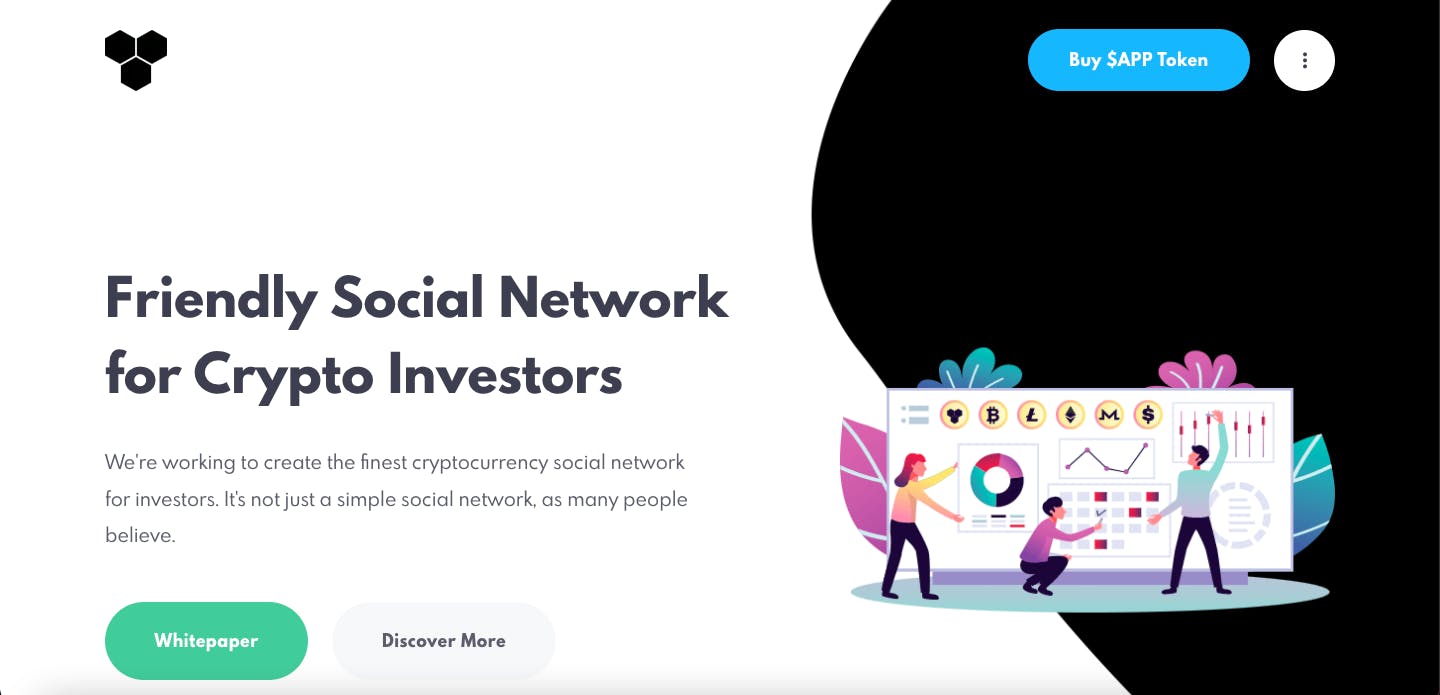
Dappsy combines the power of DeFi and social media. It is an all-in-one platform for crypto investors to discuss and connect with one another and communities.
Giveth

You can raise or donate funds for a worthy cause using Giveth. The platform uses the $GIV token for all transactions and you keep all the donations from your fundraiser.
Ethlance
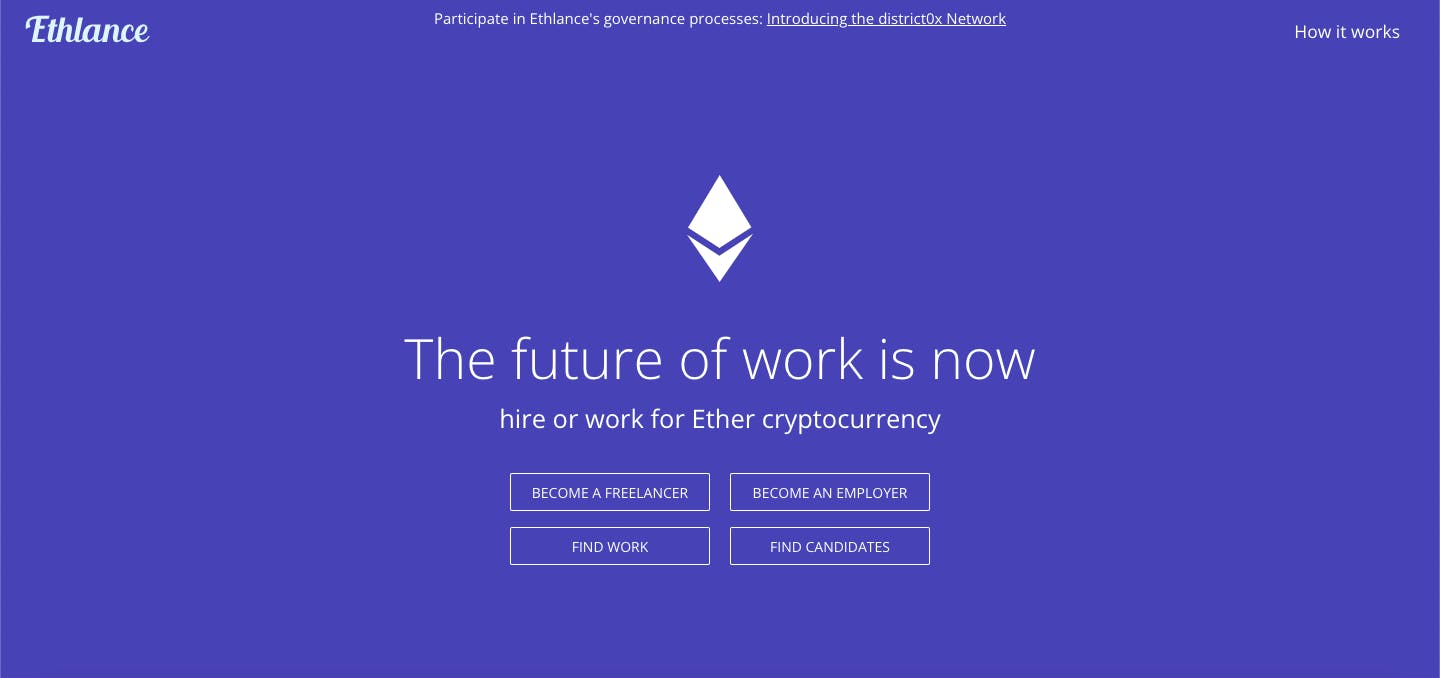
Ethlance is a decentralized web3 job board that is built on top of the Ethereum network. You can use the platform as a freelancer or as an employer and pay for the service in ether.
Metagods
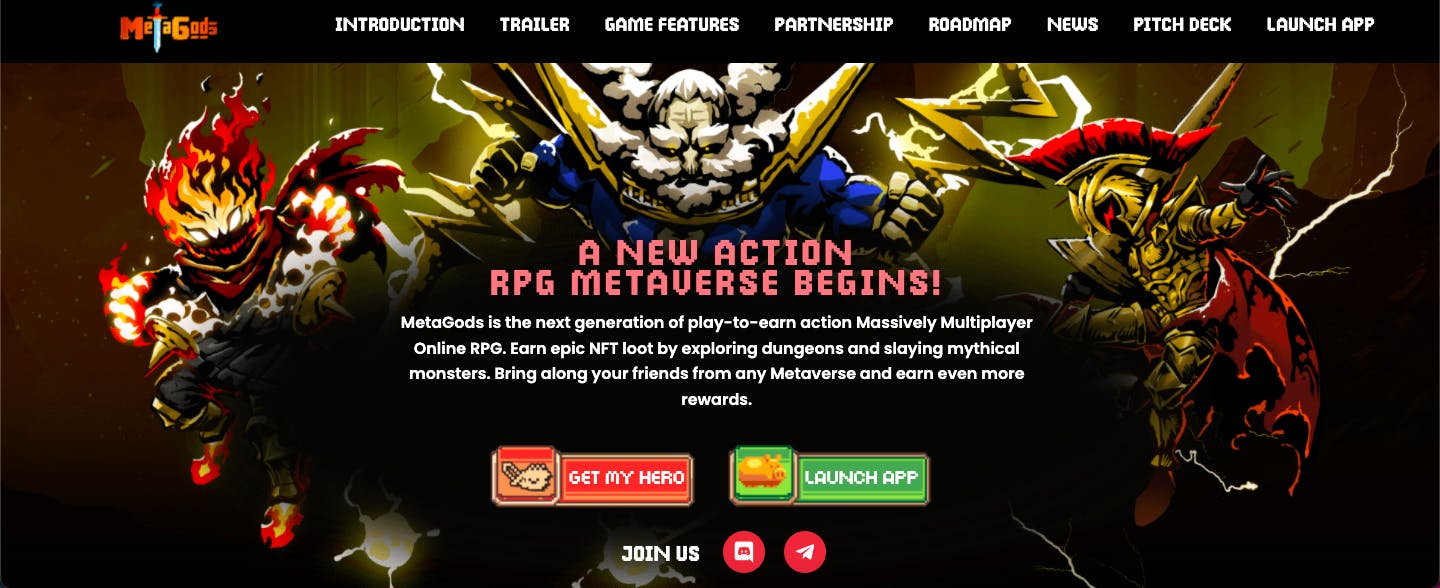
Metagods is a play-to-earn multiplayer online game. Some features of this game consist of generating NFT art, RPG built on the blockchain and supporting cross-chain gameplay.
Ertha
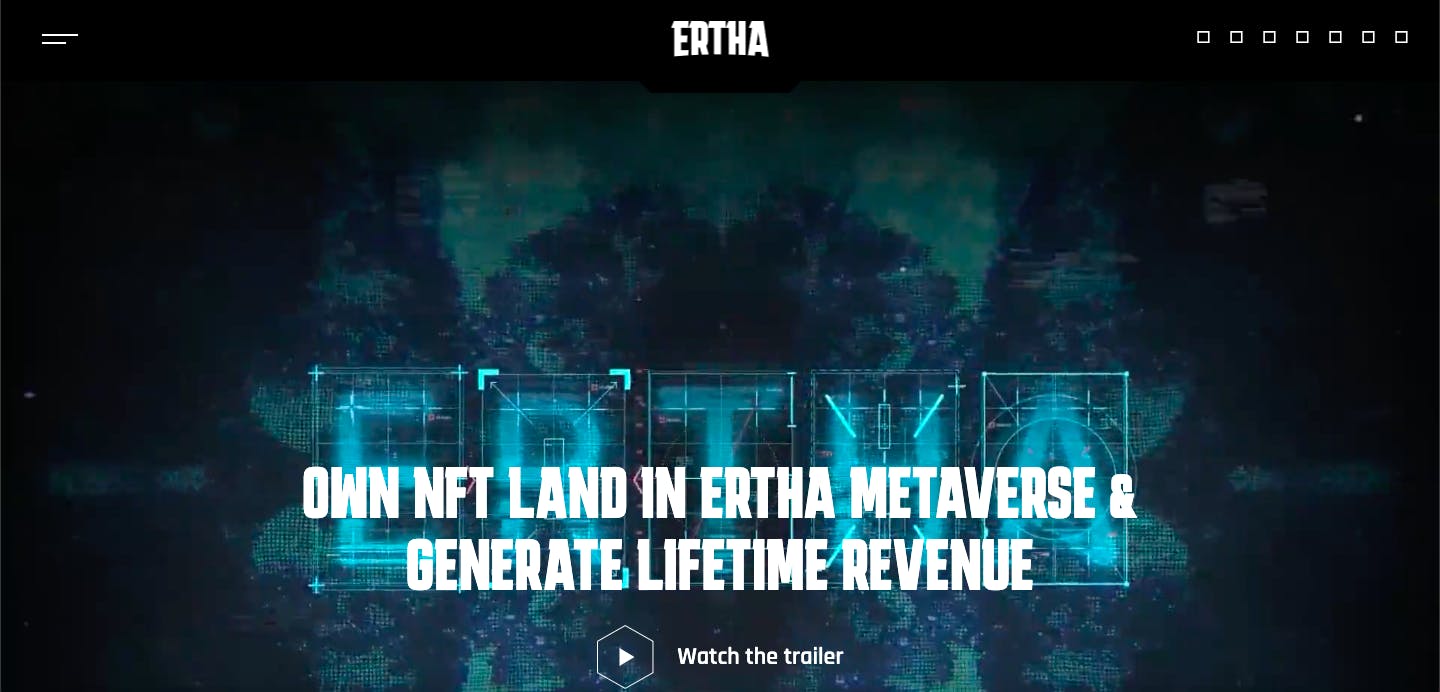
Ertha is a metaverse game built on the Binance Smart Contract(BSC). Its idea is to replicate real-world economies where you can buy land, work, and buy other commodities.
DeFi Kingdoms
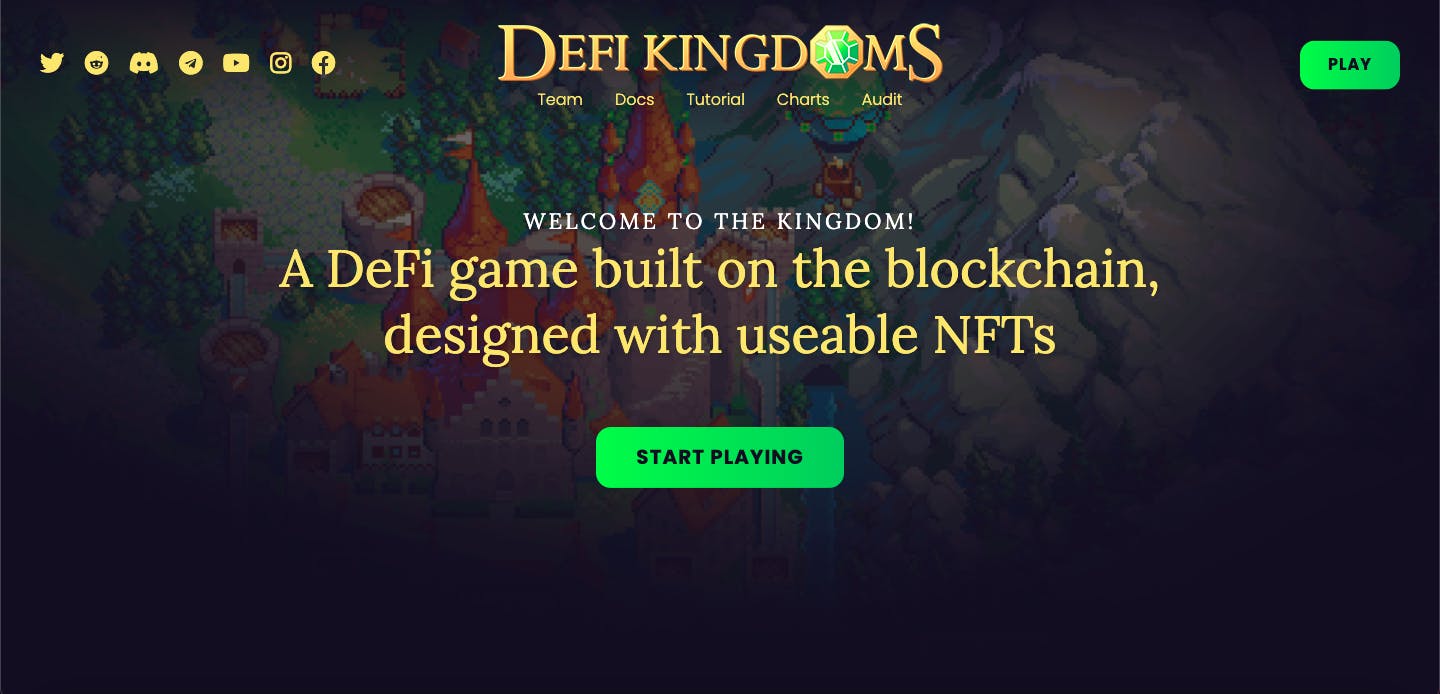
DeFi Kingdoms is a game, a DEX, a liquidity pool opportunity, and a market of unique utility-focused NFTs. All these features are wrapped together in a classic form of fantasy pixel graphics.
Decentraland
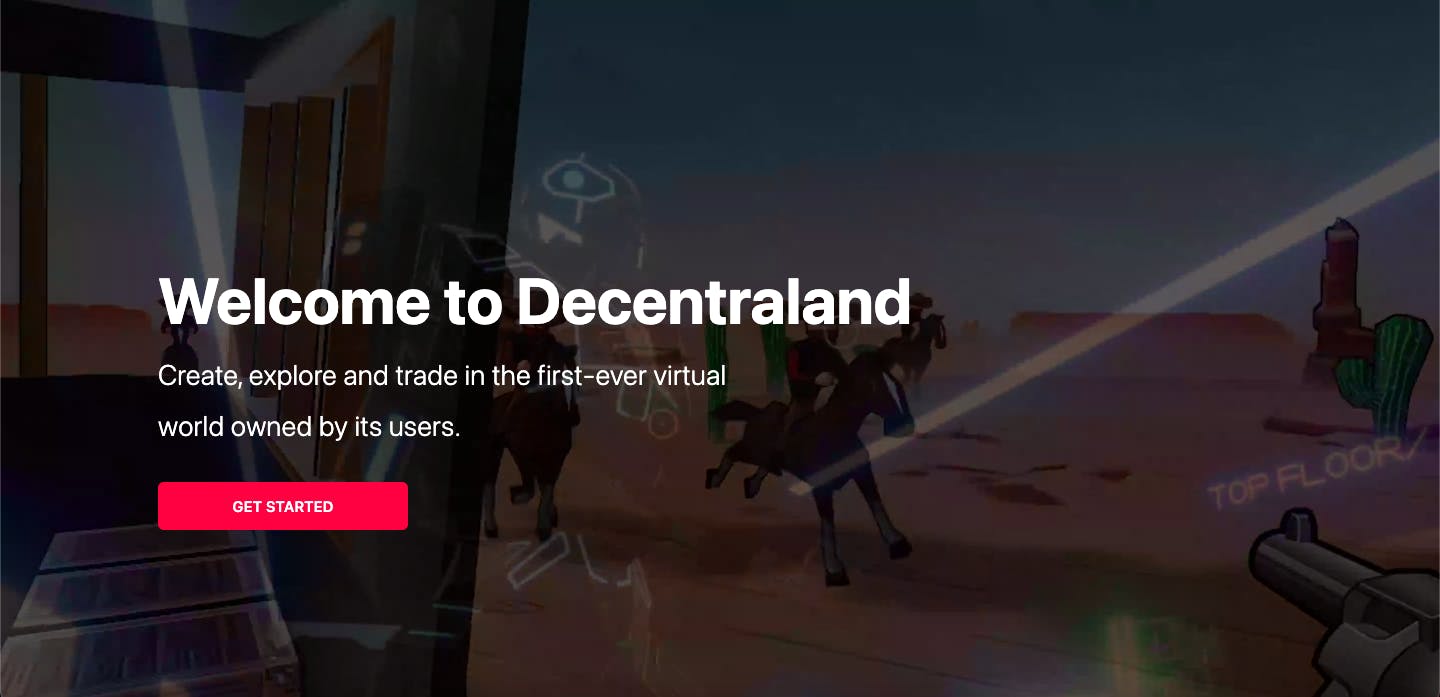
Decentraland is a blockchain-powered decentralized virtual reality website. Users may develop, enjoy, and monetize their content and apps on the Decentraland network.
Infrastructure and Development

Navigating the blockchain scenes is not easy for a total beginner, building on the blockchain is even harder, but the community has developed tools that make it easier for developers and hobbyists to build and deploy Dapps. Here are some of the most notable:
Infura

Infura is an all-in-one development suite for blockchain-based applications. Some of the tools in Infura are Etheruem API for connecting your application to the ethereum network, high availability IPFS API, and archive data.
ENS domain
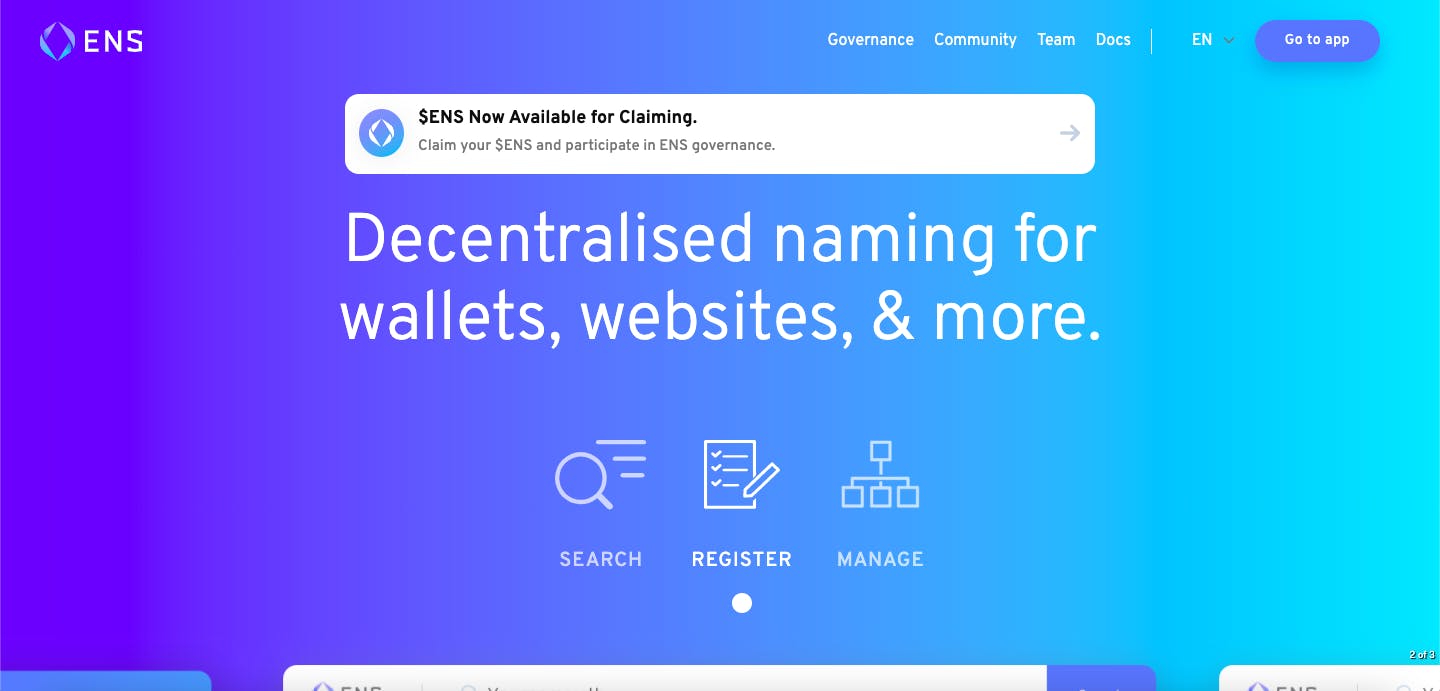
The Ethereum Name Service (ENS) domain is analogous to a DNS domain system. It provides a decentralized and trustworthy means to convert Ethereum addresses to human-readable text. ENS domains presently include seven or more characters and end with ‘.eth’.
Status

Status is a secure peer-to-peer chat application with a built-in cryptocurrency wallet, and a web3 browser built for privacy and anti-censorship.
Whois0x
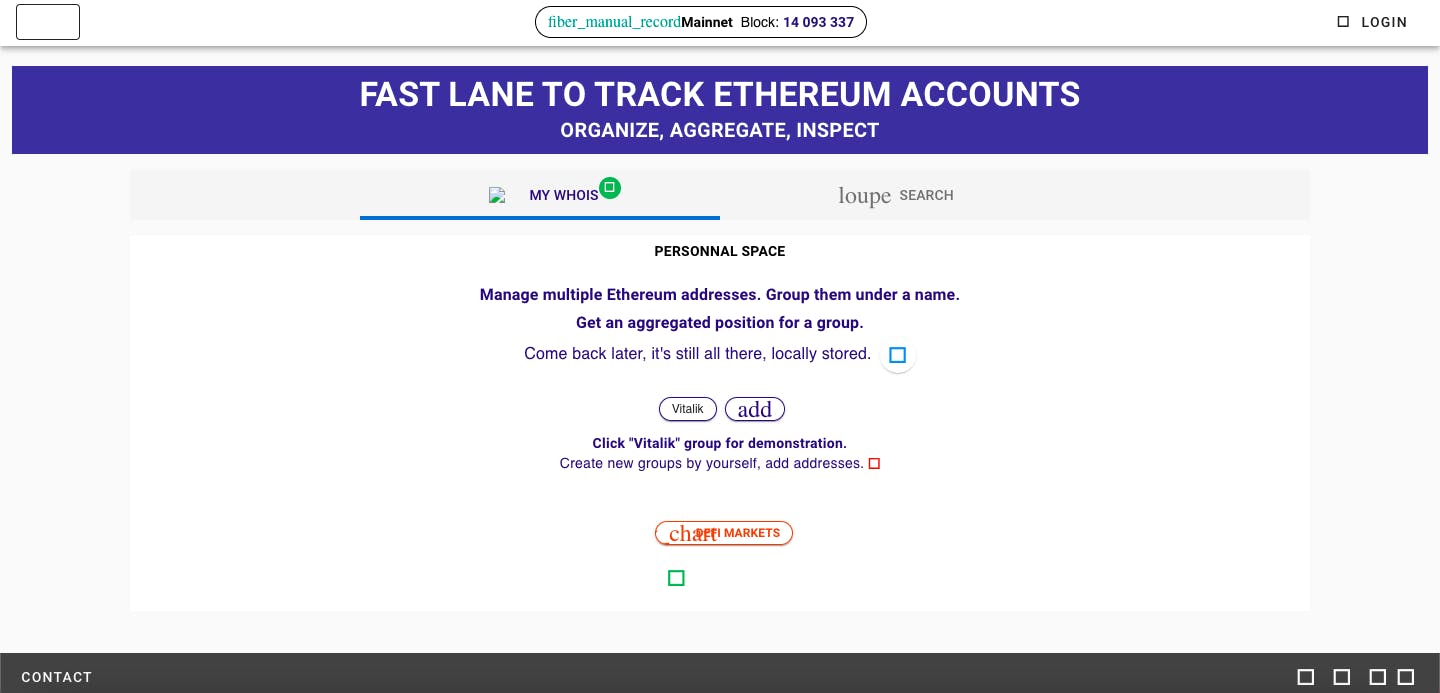
WhoisOx is a website that you can use to track all your eth wallets in one place. This site makes it easy to track your net worth if you are a multiple wallet holder.
DeFi Scan
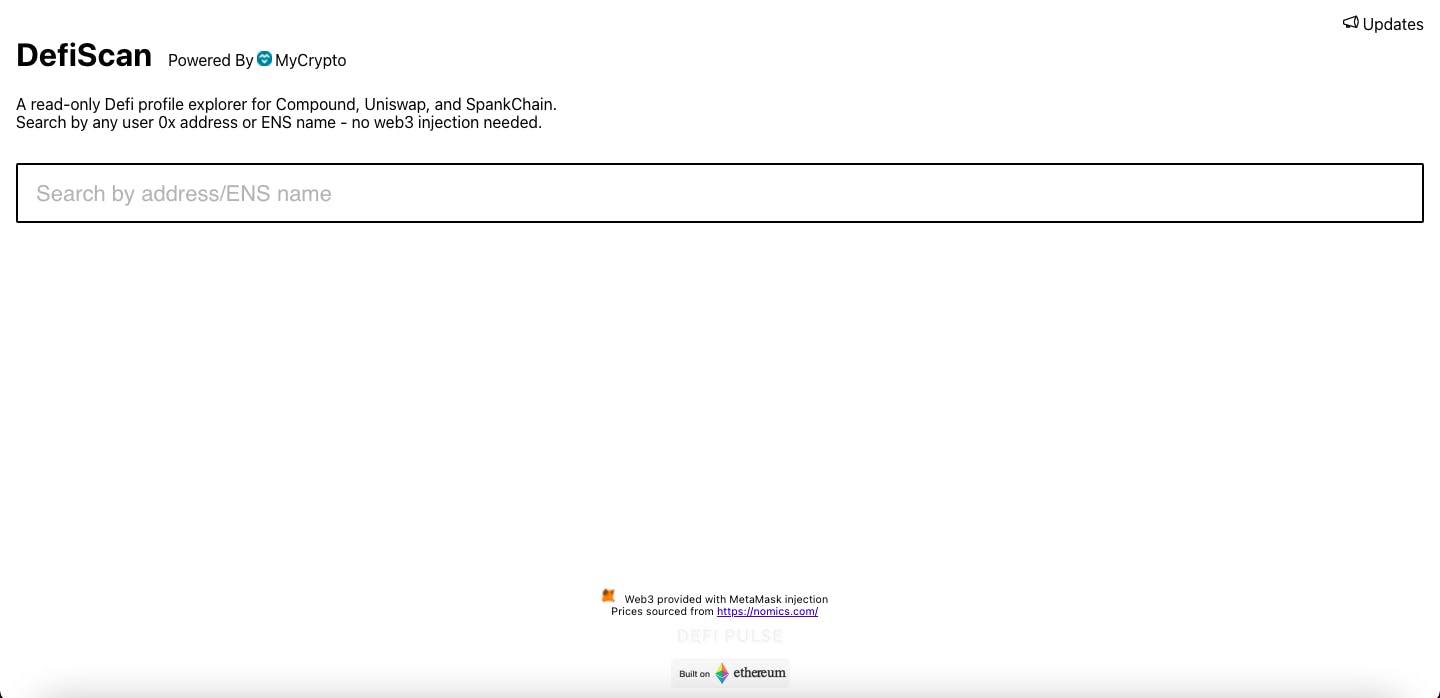
DeFi Scan is a read-only DeFi profile explorer for Compound, Uniswap, and SpankChain. You can search any ENS name or eth wallet.
Etherscan
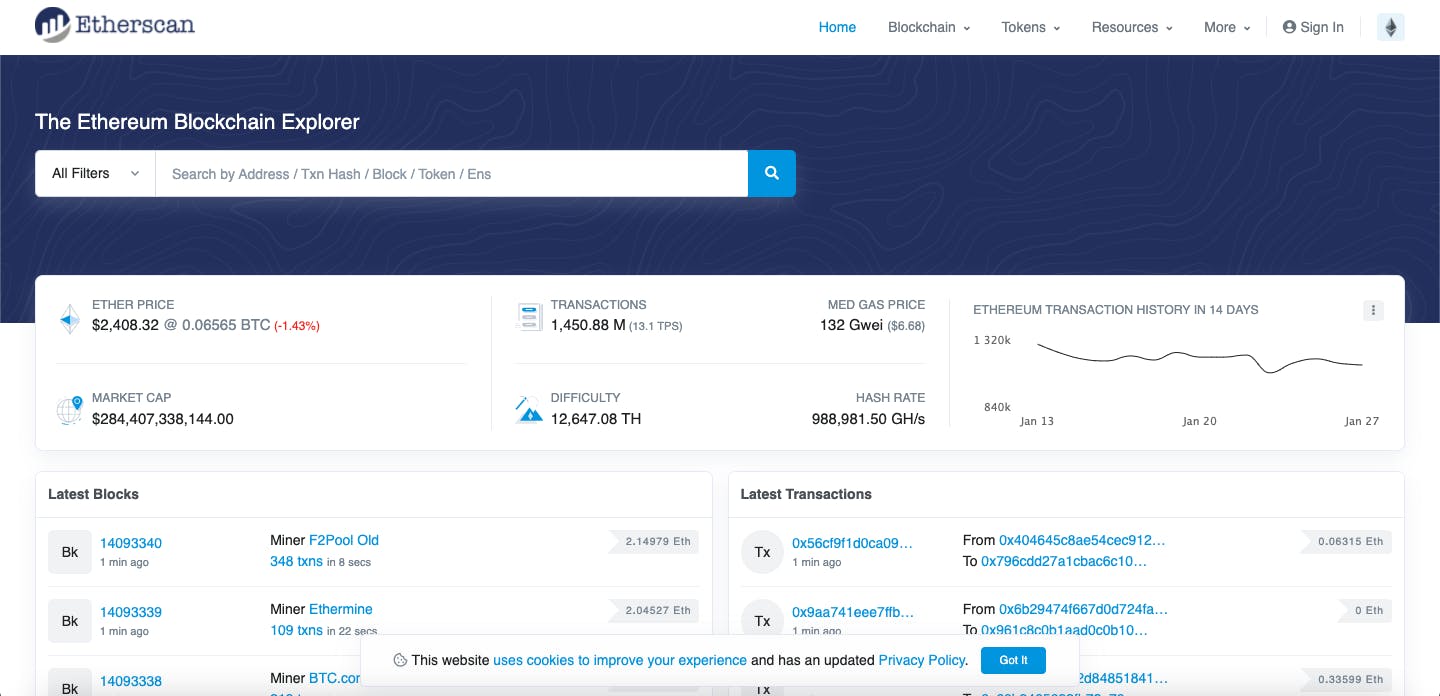
Etherscan is an Ethereum blockchain explorer website, search, API, analytics platform, and also one of the pioneer web3 websites. With Etherscan, you can get data on transactions, the wallets in the transaction, and the type of the transaction.
Eth gas station
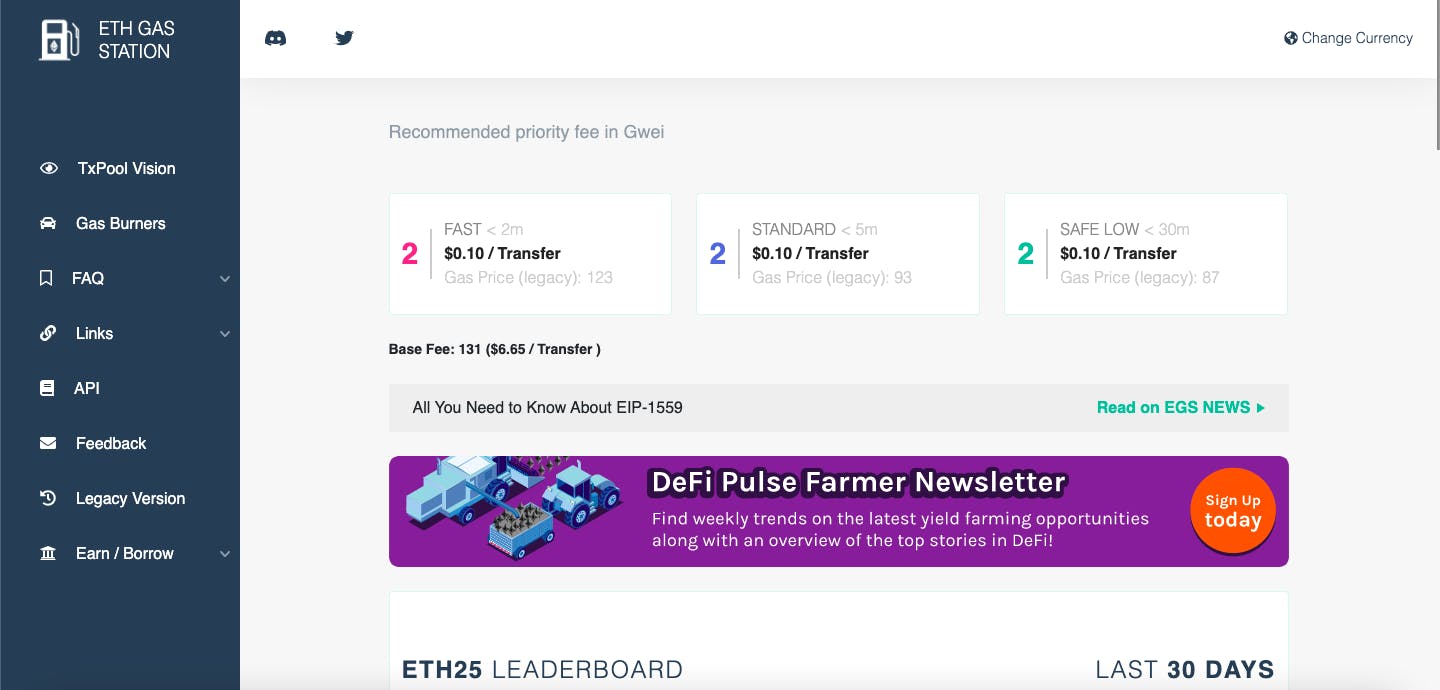
Eth Gas Station improves the openness of Ethereum network gas prices, transaction confirmation times, and miner regulations. Eth Gas Station helps you avoid costly gas prices.
Tokentax
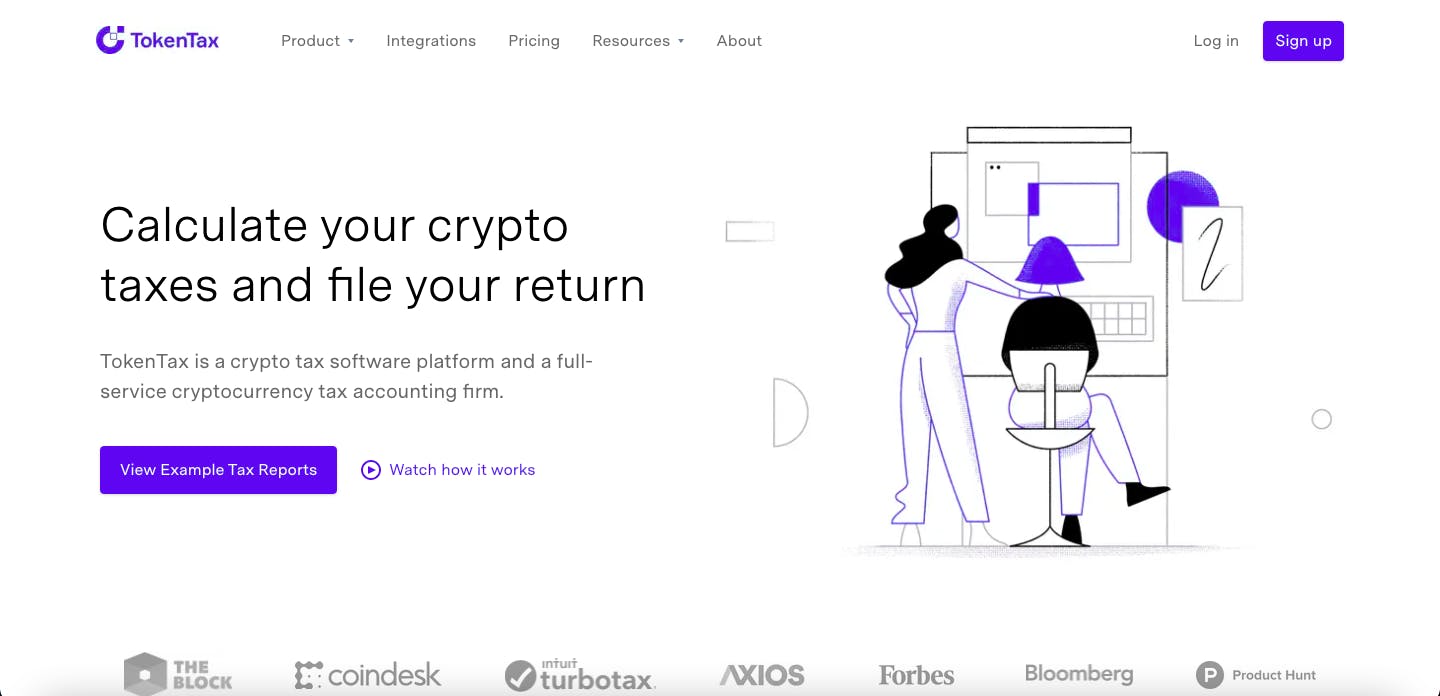
Tokentax helps you fill in your crypto taxes. With crypto regulations being a relatively new thing, the site will guide you to be on the good side of the law while investing in crypto.
Thirdweb
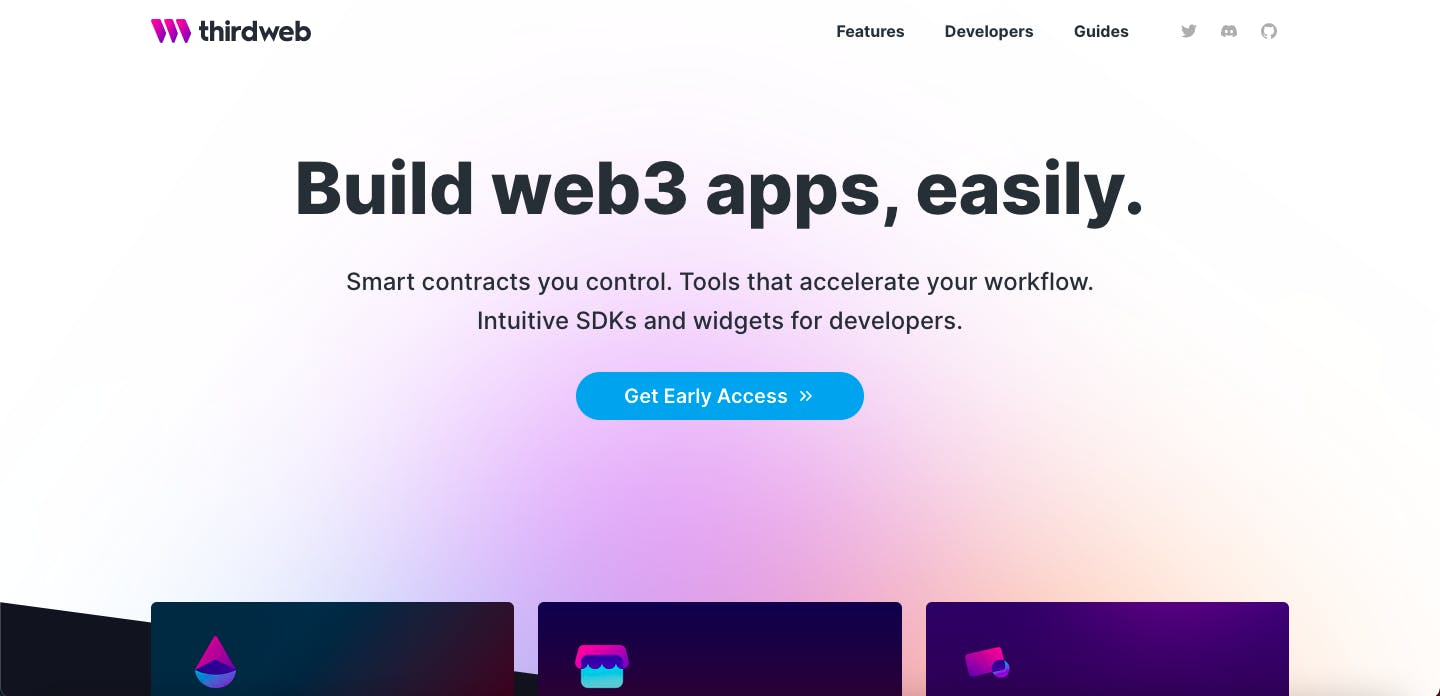
If you are launching an NFT project, marketplace, DAO, or a game, Thirdweb is the platform where you can build and monitor your project for free.
Otoco
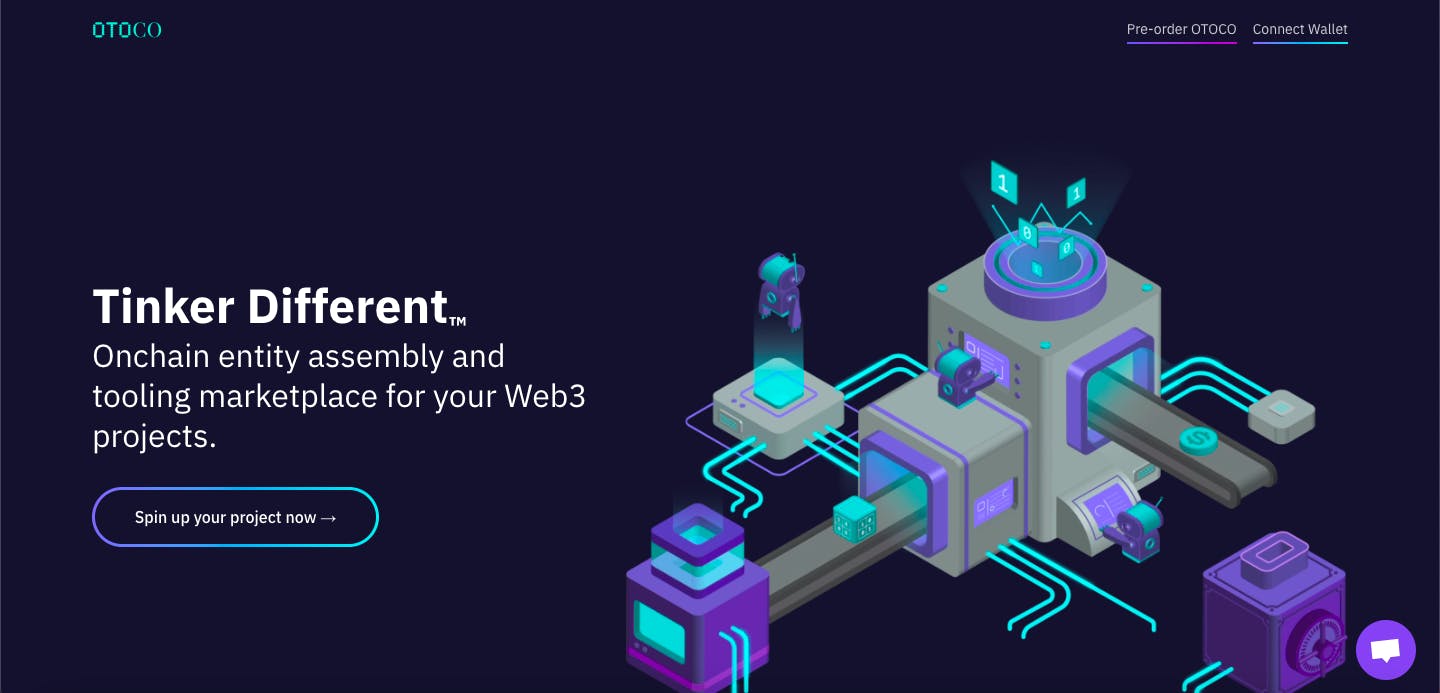
Otoco lets you incorporate an LLC from just your eth wallet. This will help you register any crypto project you are involved in with ease.
District0x

The District0x Network is a collection of decentralized marketplaces and communities that have been coined as 'Districts.' Districts exist on top of d0xINFRA, modular architecture of Ethereum smart contracts and front-end frameworks.
EPNS

Ethereum Push Notification Service (EPNS) is a decentralized protocol allowing Ethereum developers to receive notifications on or off the chain. EPNS allows developers to create notifications that are triggered via smart contracts, back-end, or dApps.
Request
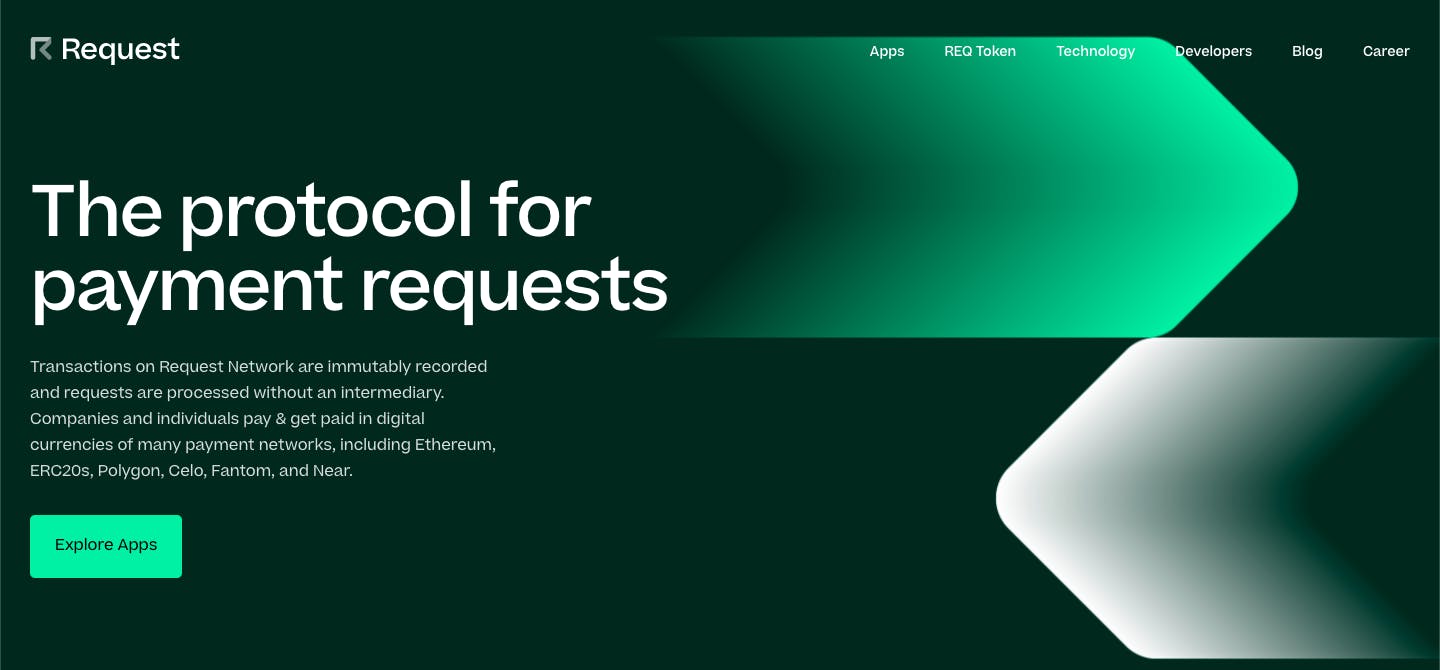
Request is a network for payment requests. It allows you to create a payment request, manage your crypto transactions, accept crypto payments on your website, and an escrow feature coming soon.
Tornado cash

Tornado Cash is a decentralized non-custodial protocol that allows users to have private transactions on the blockchain. Tornado Cash smart contracts are implemented within the Ethereum network which makes them immutable by design.
InsurAce

InsurAce is a decentralized multi-chain insurance protocol that provides DeFi consumers with dependable, powerful, and secure insurance services, allowing them to cover their investment assets against a variety of market risks.
How did we get here?
With Web3 being fairly new, many builders, developers, hobbyists, and crypto-enthusiasts are experimenting with various web3 technologies that offer more secure, open, and intelligent applications.
Some web3 applications consist of Decentralized Autonomous Organizations (DAOs), Decentralized Finance (DeFi), cryptocurrencies (including stablecoins) private and digital infrastructure, virtual digital media like NFTs, and virtual gardens, and blockchain-powered video games.
What is Web1?
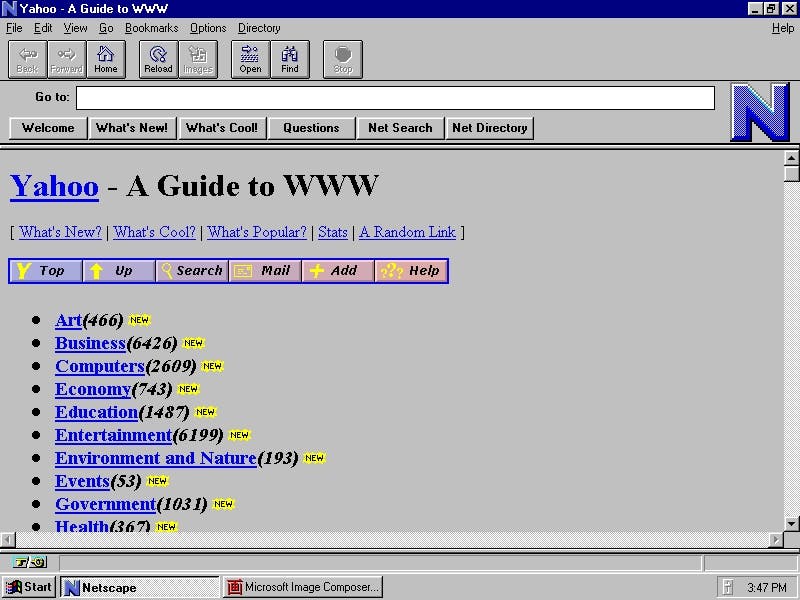
Web1 is the first generation of the web that spanned from the early 90s to the early 2000s. This generation was characterized by static HTML websites that were read-only.
What is Web2?

Web2 is the web as we know it today. Web2 was meant to address the shortcomings of web1. As the adoption of the web rapidly increased, there was a need to have an interactive, collaborative and dynamic website that does more than just give users the ability to view content.
Some web2 examples are social media network platforms like facebook, twitter, pinterest, and Reddit. FinTech websites like Paypal and square, Blogging platforms like Wordpress and (Medium)[medium.com].
Web3 Definition: What is Web3?

The second generation of the web still had its own set of shortcomings. Web2 users did not have control of how and where their data was stored and used. This led to big tech and their advertising partners bombarding their users with targeted ads.
Even with massive strides in the finance technology(FinTech) sector, the transfer of monetary assets has still not been the smoothest. Security issues, high transaction fees, government regulations, and unavailability in some parts of the world are some of the FinTech issues web3 DeFi websites are looking to solve.
So what exactly is Web 3? Web3 is the new iteration of the World Wide Web that encompasses decentralized systems, semantic web technologies, ubiquitous DeFi systems powered by cryptocurrencies, and community ownership of the web.
Benefits of Web3
Decentralized
Web3 is set to revolutionize ownership of data and systems. In the current past, data and systems are owned by major tech organizations. This means that they can use your data for target advertisement, in some cases, even violating the privacy of the users.
Web3 is web by the people and for the people, meaning the governance of the web is in the hands of the community. Communication takes place in a peer-to-peer network on the blockchain, rather than through centralized operations.
Openness
Censorship has been a major challenge in this generation of the web. Over time, central authorities have abused their power and blocked access to some resources on the internet based on political, economical, and social differences.
Decentralized systems have no central governing authority, meaning, no one can manipulate them for profit or power.
Permission-less
One of the greatest challenges of the current web is the authentication mechanism of web applications (the need to have multiple passwords on every different platform). This becomes a very tedious and insecure way of verification.
With decentralized applications(Dapps), all you need to do to participate in the blockchain is to create a crypto wallet and connect your wallet to the application.
Conclusion
In this article, we have explored the evolution of the web and the possible adoption of web3. In this article, we also go through 55 examples of web3 websites, and their different use cases, such as DeFi, social network, DAOs, and infrastructure.
Hopefully, this article will guide you, and help you explore and experiment with the new world of the decentralized and open web.

